3notizen@rhizome.hfbk.net's Public Feed: Bells of Paris Klar, nationa...
Bells of Paris
Klar, nationale Zuschreibungen und Vereinnahmungen haben in einer zeitgenössischen Kunstgeschichtsschreibung nichts zu suchen. So etwas wie eine genuin deutsche, französische, italienische Kunst gibt es nicht. Künste sind geprägt von Verflechtungen, Aneignungen und Aushandlungsprozessen, von Abgrenzungen, die immer auch Annäherungen sind. Unter den Schlagwörtern der Transkulturellen Kunstgeschichte, der entangled histories oder der world art history werden eben diese Wechselbeziehungen in den Blick genommen und ausdifferenziert.
In der Ringvorlesung „BildFahrZeug: Zur Zirkulation von Artefakten“ am Kunstgeschichtlichen Seminar der Universität Hamburg durfte ein Vortrag von Andreas Beyer, dem Sprecher des internationalen Forschungsprojektes „Bilderfahrzeuge. Aby Warburg’s Legacy and the Future of Iconology“, nicht fehlen. Unter dem Titel „Wie national sind Stile? Zur Mobilität von Formfindungen und deren politischer Appropriation“ spricht Beyer über Kunst, Architektur und kulturelle Artefakte, die vereinnahmt und „in den Dienst staatlicher Repräsentation gestellt“ werden. Der Brand von Notre Dame am 16.4.2019 liefert einen dankbaren Einstieg: in der medialen Berichterstattung ist die Rede vom „Herzen der Nation“, das in Flammen steht. Es brennt nicht nur ein wichtiges kulturelles Erbe, sondern der Staatskörper Frankreichs in seinem Innersten. Die Kathedrale, die als Paradebeispiel gotischer Sakralarchitektur gilt, wird als elementarer Teil französischer Identität gefeiert (umso lustiger, dass die New York Times am darauffolgenden Tag ihren Artikel über Notre Dame mit einem Bild des Kölner Doms illustriert).
In seinem Vortrag zeigt Beyer die Geschichte nationaler Zuschreibungen in der Kunstgeschichte auf und legt erhellend dar, dass diese bereits in der Mitte des 19. Jahrhunderts als überholt angesehen wurden. Jacob Burckhardt gab die zweite, überarbeitete Fassung von Franz Kuglers „Handbuch der Geschichte der Malerei“ heraus und verzichtete auf die Gliederung nach Nationalitäten zugunsten einer „synchronistischen Anordnung“ nach dem „innern Zusammenhang der Entwicklung“. In dieser Tradition sei, so Beyer, unbedingt für eine universelle Kunstgeschichtsschreibung zu plädieren, die keine regionalen oder nationalstaatlichen Grenzen kenne, die sich allein aus einem der Kunst inhärenten inneren Zusammenhang speise. Universalismus also und zwar wirklich universeller Universalismus. Das kunsthistorische Äquivalent zu „I don’t see color“.
Denn was hier mit einem frappierend selbstgerechten und vermeintlich progressiven Impetus propagiert wird, ist, dass es so etwas wie ein der Kunst inhärentes Prinzip gebe, das alle Kunst der Welt gemeinsam habe. Dass Formen und Bilder, ikonologische Formeln und Kürzel, ästhetische Entscheidungen und stilistische Merkmale wie von selbst wandern und migrieren, sich flüsternd fortsetzen oder zufällig gleichzeitig entstehen, ja sogar, dass die Künste sich im Innersten außerhalb des Wirkungsbereichs von Politik und Wirtschaft befinden, eine ganz eigene Sprache sprechen. (Beyer geht sogar so weit, mehrmals von einer „Vergewaltigung“ der unschuldigen Kunst durch nationalistische Kräfte zu sprechen – die Binarität, die er da zwischen den unbefleckten Künsten und feindseligen politischen Strategien aufmacht, ist nicht nur naiv und schlichtweg falsch, die Vermenschlichung und Sexualisierung dieser Beziehung aber auch hochgradig problematisch und unsensibel.) Dass es sich dabei um einen ganz bestimmten (unendlich romantisierten) Kunstbegriff handelt, der westlich, männlich und bildungsbürgerlich geprägt ist, wird unter dem Deckmantel des Universalismus verschleiert. In dem Moment, in dem eine bestimmte Perspektive als Norm fixiert wird, werden die Beziehungen zu alldem, was nicht dieser Norm entspricht, machtförmig – sprich hierarchisch. Die westliche Perspektive wird einmal mehr zum unmarkierten Maßstab aller Dinge, an dem sich alles „Andere“ orientiert. Universalismus, wie Beyer ihn fordert, ist eine one-way-street: er übersieht, dass die Propagierung einer universalistischen Kunstgeschichte nur vordergründig ein Auflösen nationaler Konstrukte und politischer Grenzen ist: es geht um Deutungshoheit und um das Recht, seine eigene (Kunst-)geschichte zu schreiben. Die pseudo-versöhnliche und gönnerhafte Geste des Universalismus ist somit bloß die selbe alte eurozentristische und imperialistische Kunstgeschichte in einem neuem Gewand.
Geradezu perfide offensichtlich wird das dann einige Minuten später, als Beyer anhand seiner anti-nationalen, pro-universalistischen Argumentation beginnt, Restitutionen afrikanischer Raubkunst zu delegitimieren. Es gäbe ja so etwas wie eine Koppelung von Kunst und Nation nicht, somit ließen sich auch Restitutionen nicht rechtfertigen, im Gegenteil, sie seien sogar Neokolonial. Von Restitution zu sprechen, bedeute in nationale Zuschreibungen zurückzufallen, das wäre ein unseliger Rückschritt, das wolle man doch nicht. Erst einmal durchatmen. Wie bitte?
Beyer, der gerade eben noch seiner geliebten Kunst ein inneres ästhetisches Wollen und Wesen und Sein bescheinigt hat, unterstellt nun just den Befürworter_innen einer radikalen Restitutionspolitik so etwas wie magischen Nationalismus, einen nicht nur lächerlichen, sondern auch gefährlichen Glauben an die innere Zugehörigkeit von Kunstobjekten zum Land ihrer Produktion. Eine solche inhärente Notwendigkeit gäbe es nicht, das sei doch klar, warum also überhaupt Kunst irgendwohin zurückbringen, sie wirke doch auch von Europa aus?
Dass es sich bei Restitution jedoch sowieso keinesfalls um ein rein kunsthistorisches Unternehmen handelt – so wie es übrigens auch bei dem Raub der Objekte und Reichtümer kolonialisierter Gebiete nicht um kunstwissenschaftliche Forschung oder kuratorische Entscheidungen ging – sondern es vor Allem um die längst überfällige, und zugegebenermaßen notorisch unzulängliche, Umverteilung ökonomischer sowie politischer Privilegien geht, ignoriert Beyer vollkommen. Na klar, für ihn steht Kunst ja auch außerhalb dieser weltlichen Sphären. Was ihm zu dem Thema dann doch einfällt, ist mit der mahnenden Sorge des Gelehrten vor der Gefahr des, zum Beispiel, afrikanischen Kunsthandels zu warnen, in dem die ganzen schönen Kunstwerke im Falle einer Restitution verschwinden und damit der Kunstgeschichte aus den Händen gleiten würden. Dieser Gefahr sei auch dem Basler Kunstmarkt schon bewusst geworden, deswegen würde da gerade „noch heftig am Baum gerüttelt“, um die Objekte zumindest in Privatbesitz in europäischer Obhut und unter kunstgerechter Bedingungen zu halten. Wenn es um Kapital oder kulturelle Deutungshoheit geht, ist es eben ganz schnell vorbei mit Universalismus.
In seinem Artikel in der FAZ meint Andreas Beyer außerdem, dass Restitutionen ja gar als „Säuberungen“ Europäischer Sammlungen gelesen werden könnte. Für dieses Problem haben wir eine einfache Lösung: Anstatt afrikanische Kunst zurückzugeben, geben wir Afrika einfach die europäische, schließlich ist das ja alles universell. Ab mit dem David und der Mona Lisa nach Libyen (ursprünglich ist sie ja aus Italien), mit den Kirchners und Beckmanns nach Namibia, mit den Poussins und Monets nach Marokko, in die Elfenbeinküste oder vielleicht doch in die Karibik, schließlich sind koloniale Raubzüge ja nicht nur ein Afrikanisches Phänomen. Was denken Sie, Herr Beyer?

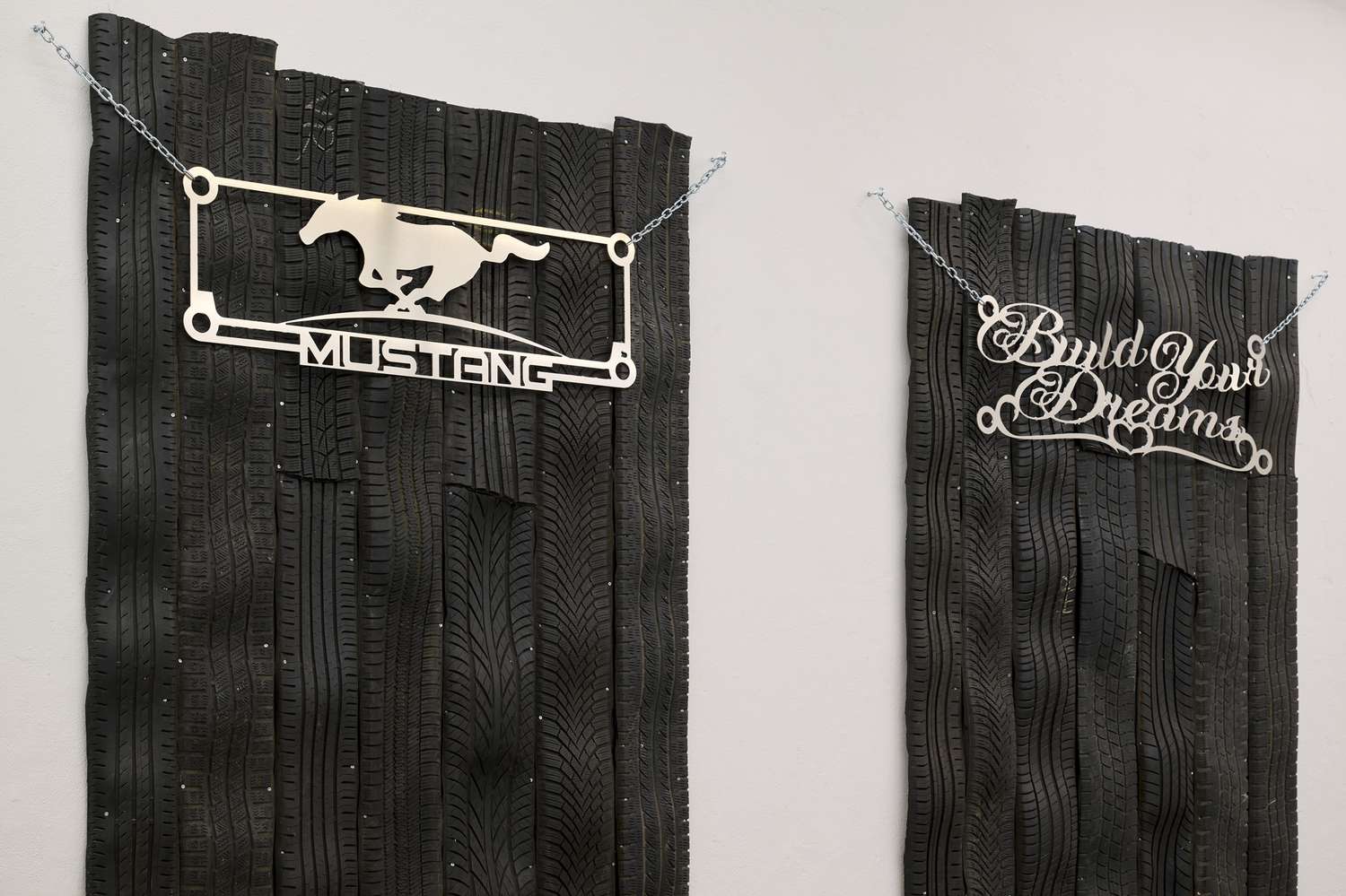
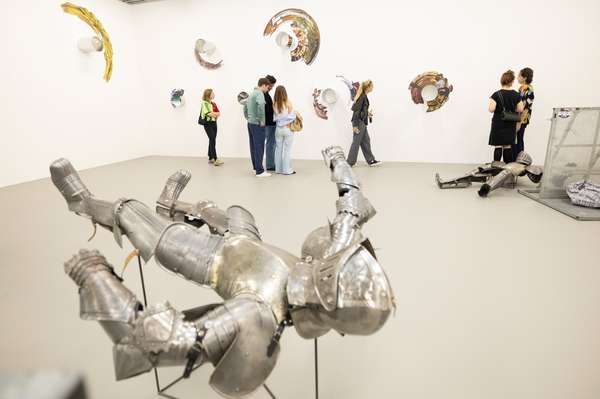

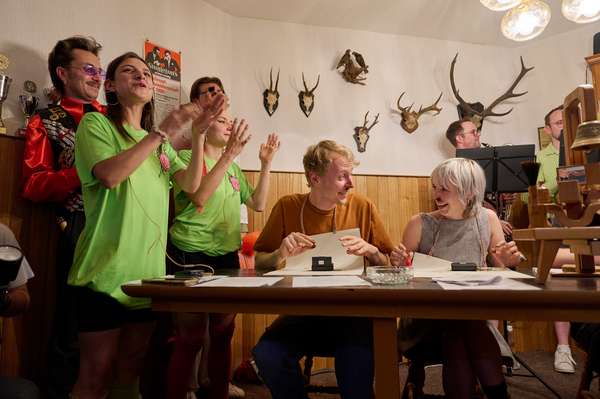
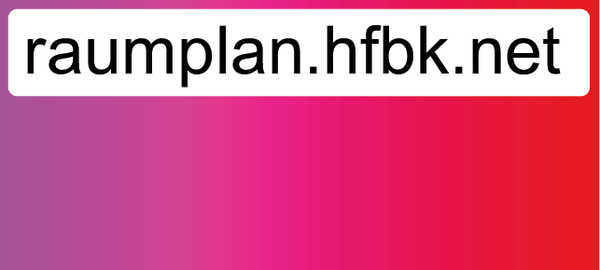
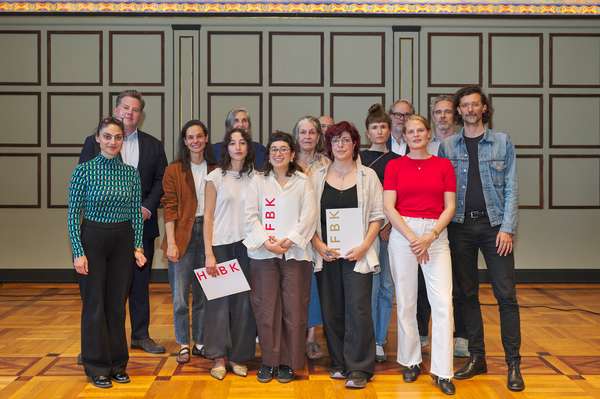

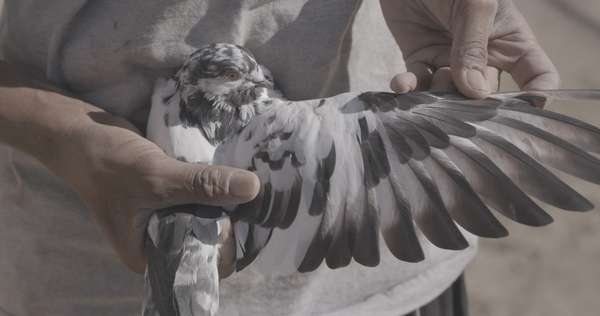
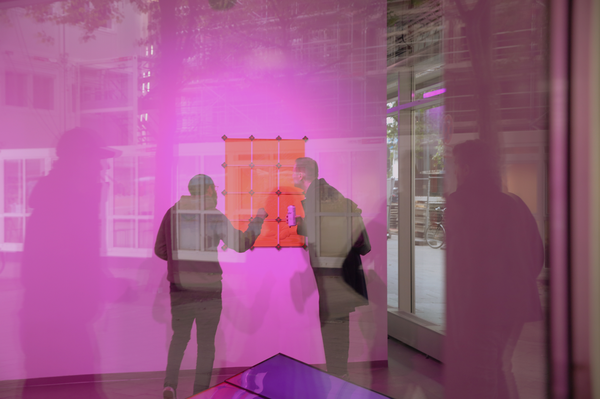
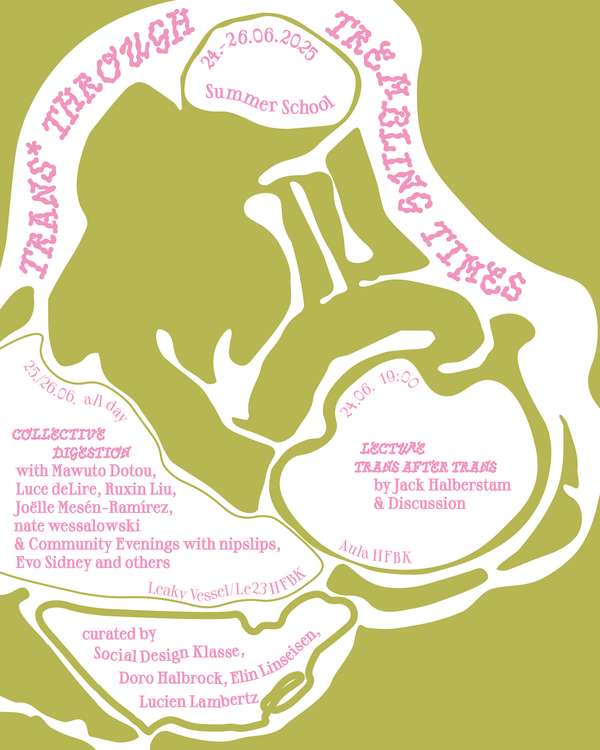
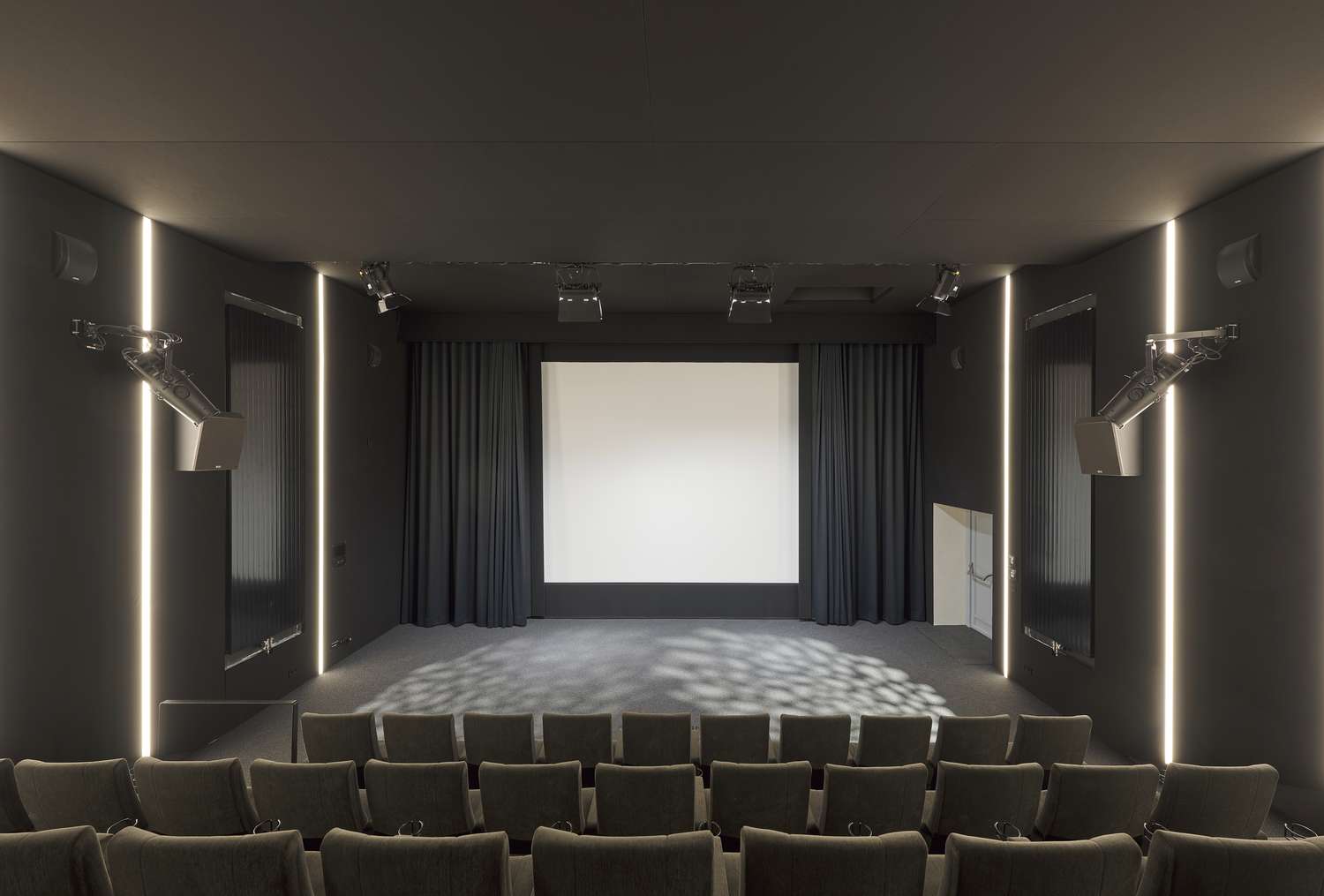
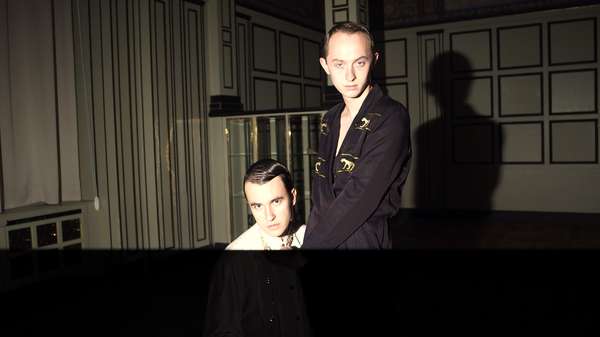
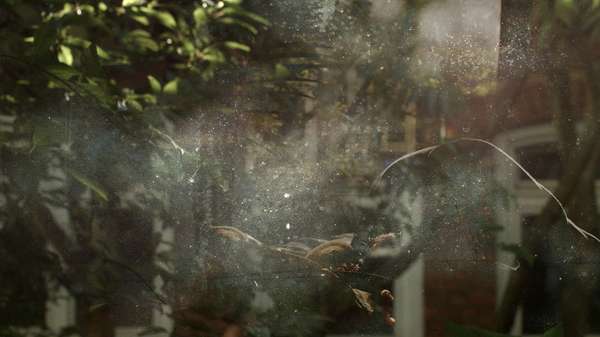
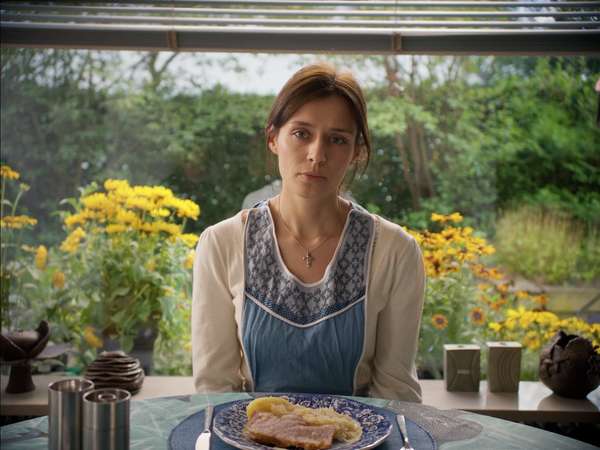
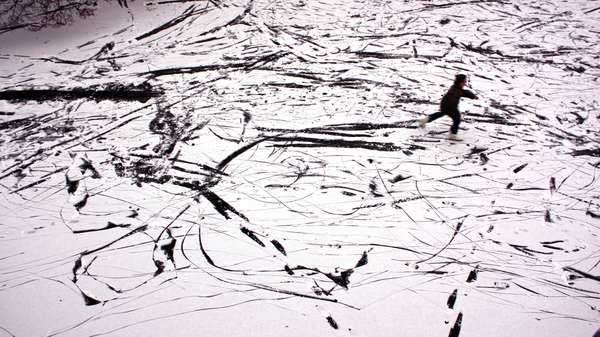
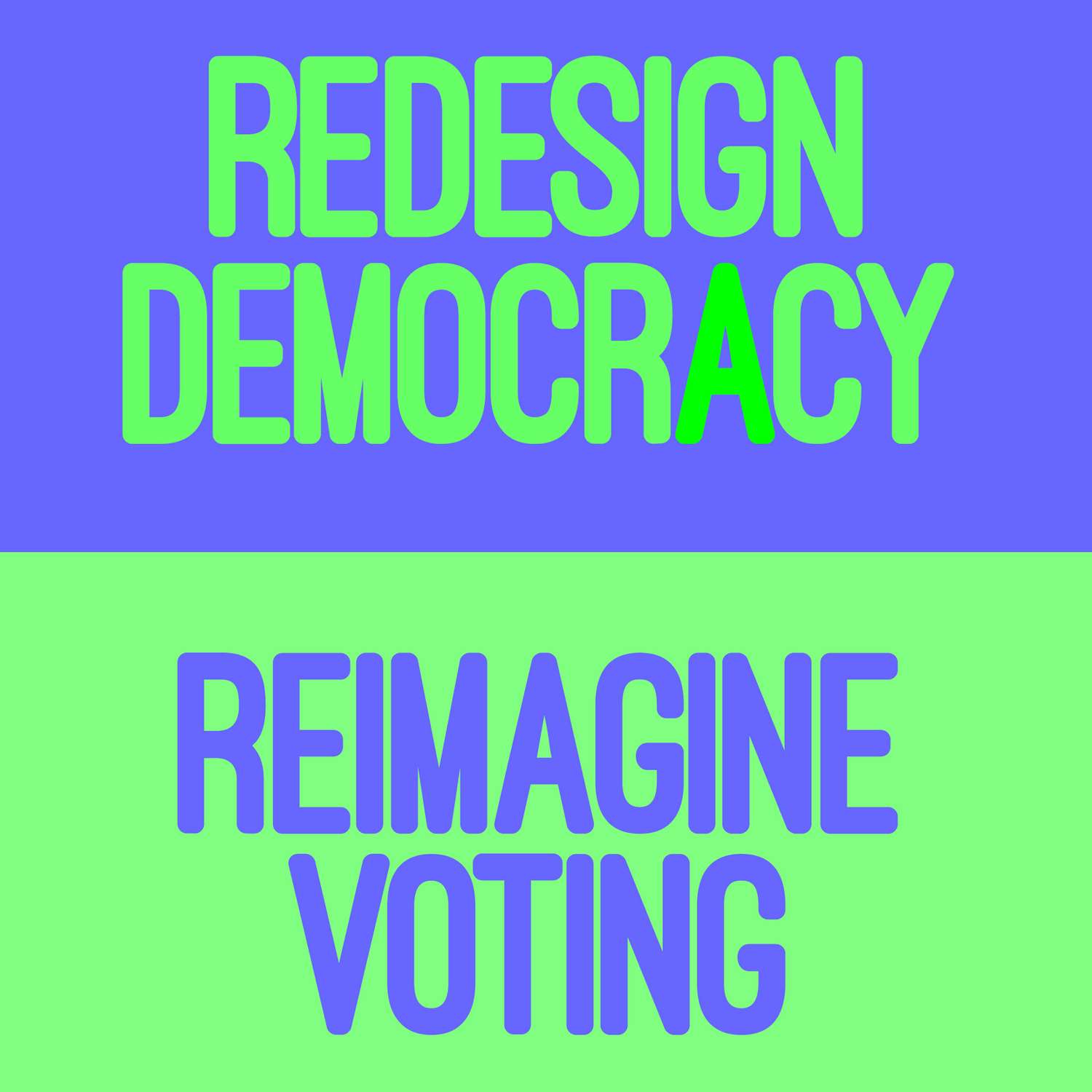
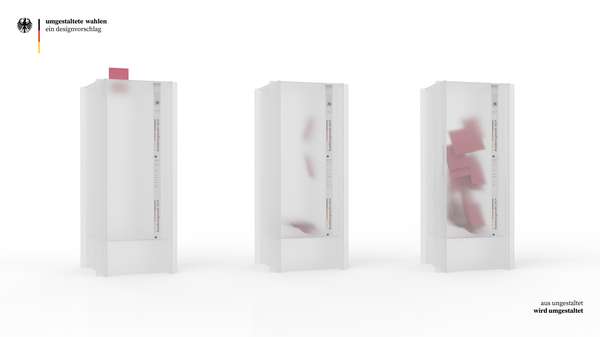
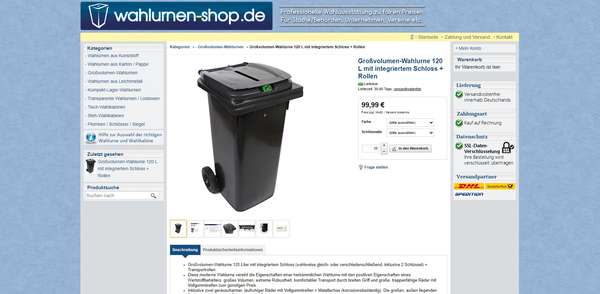
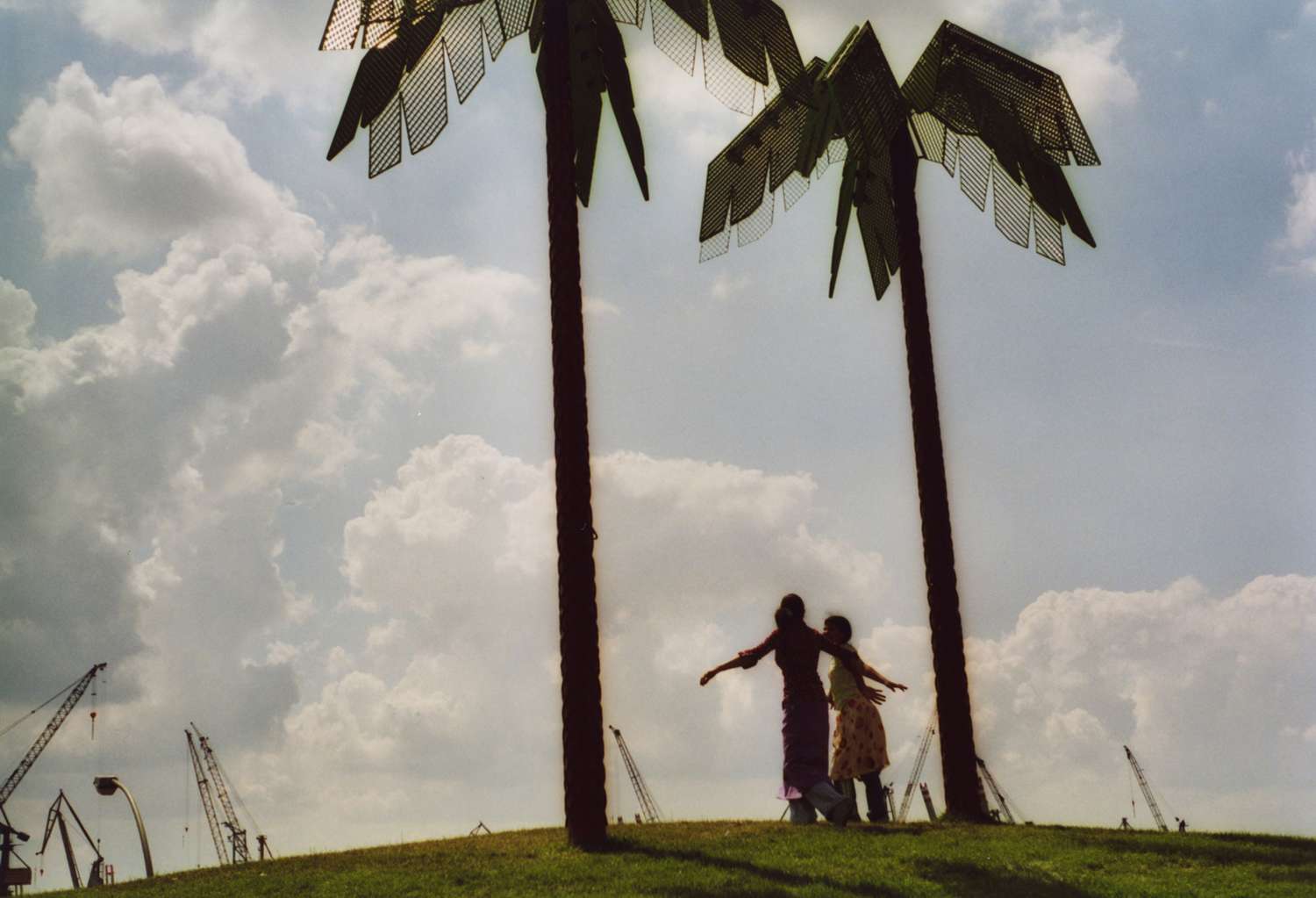
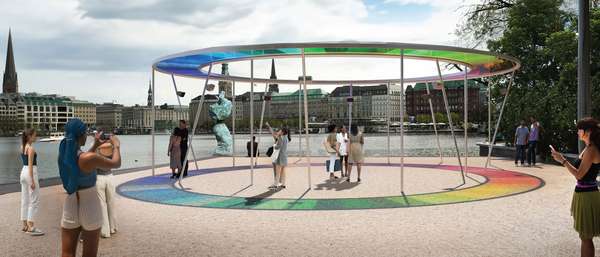
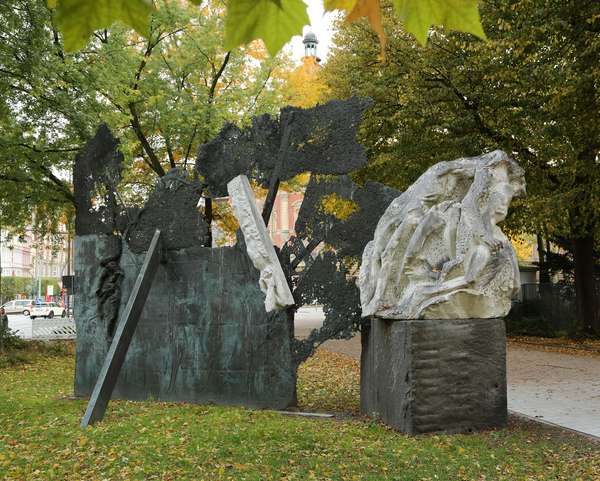
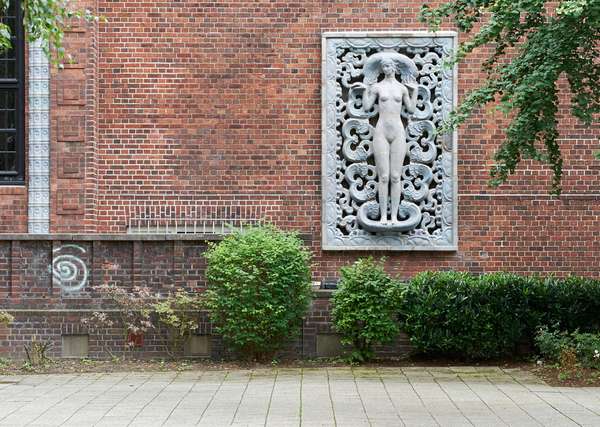
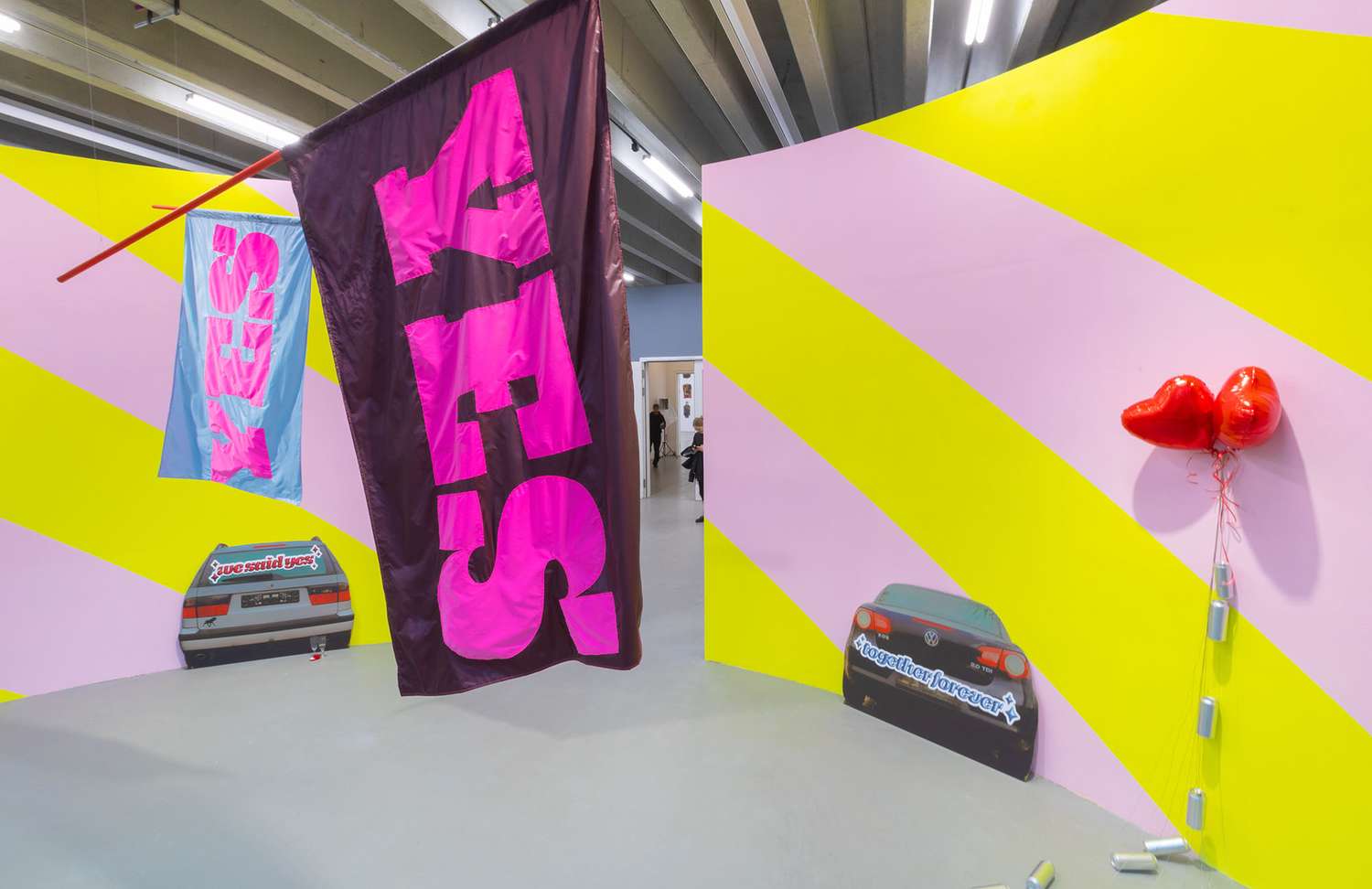
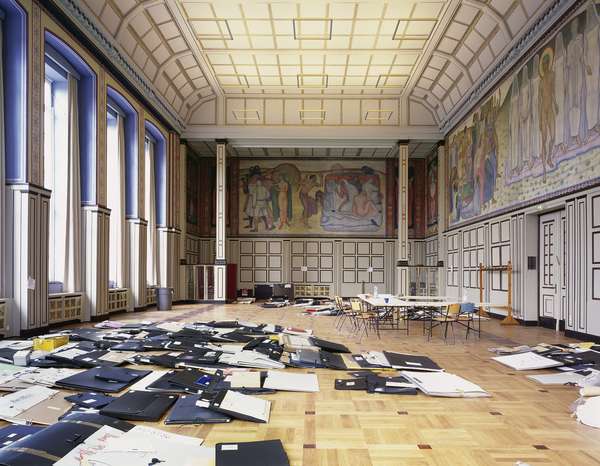
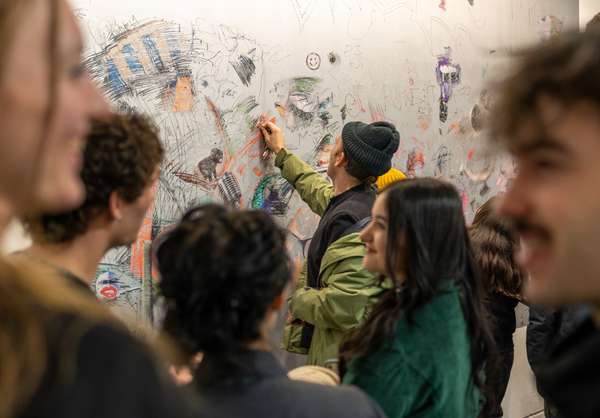
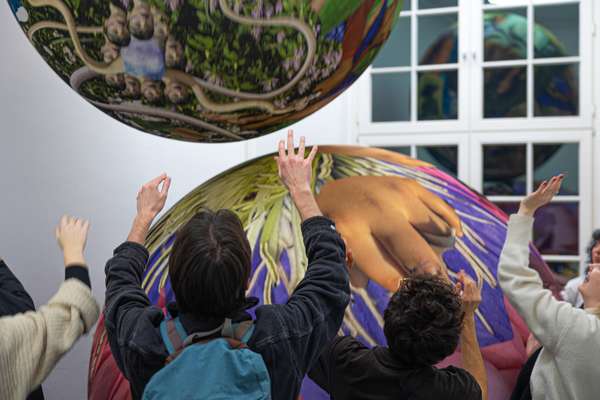


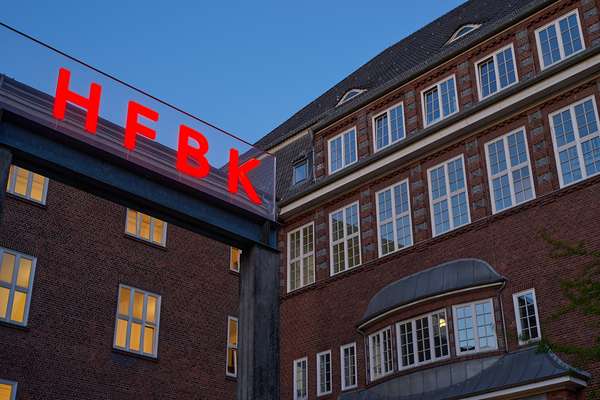
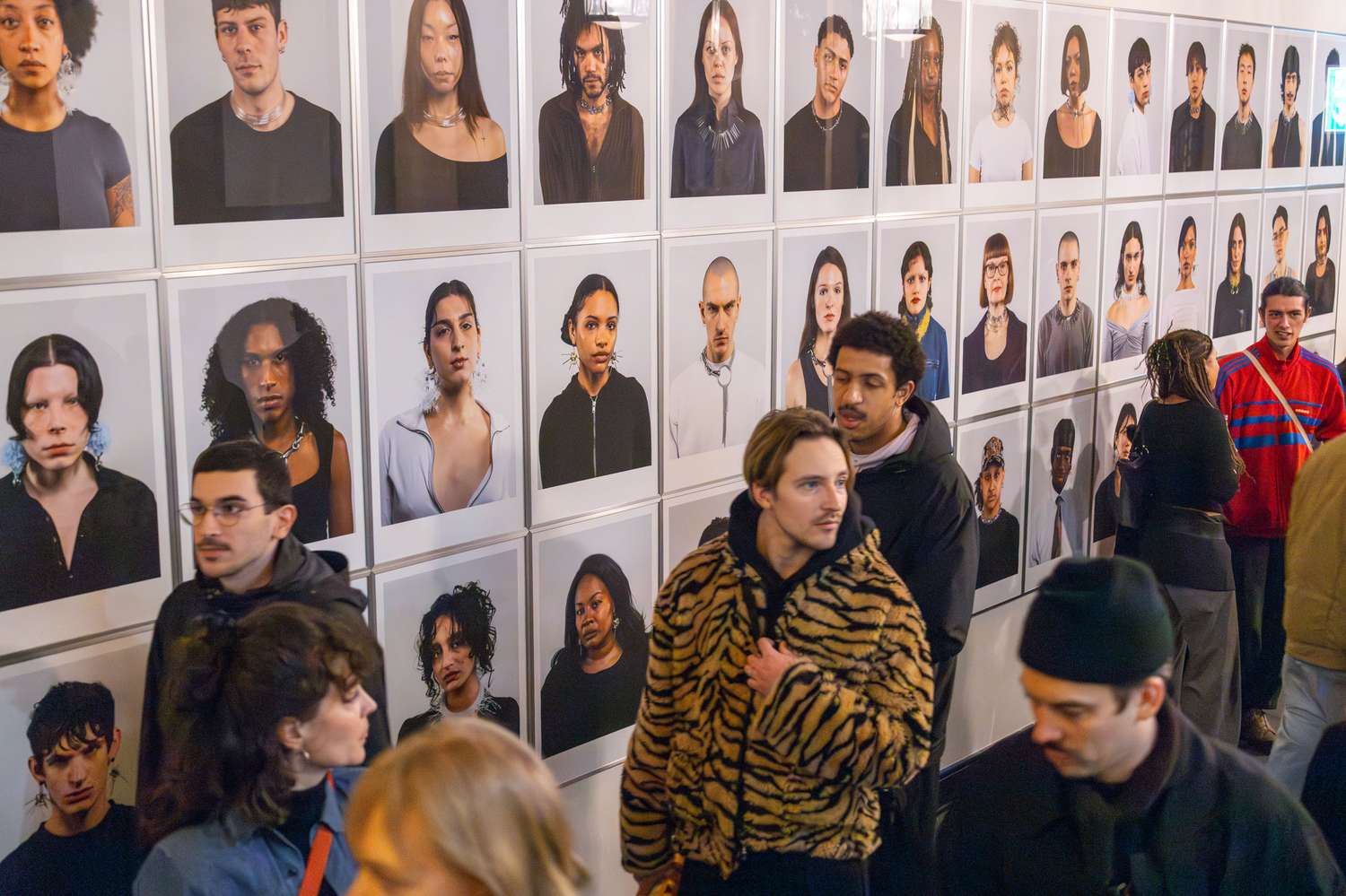

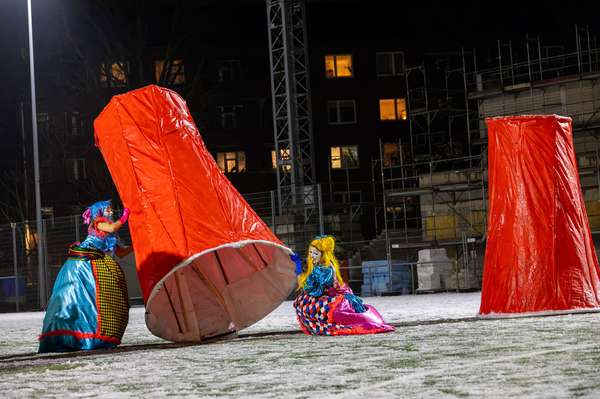
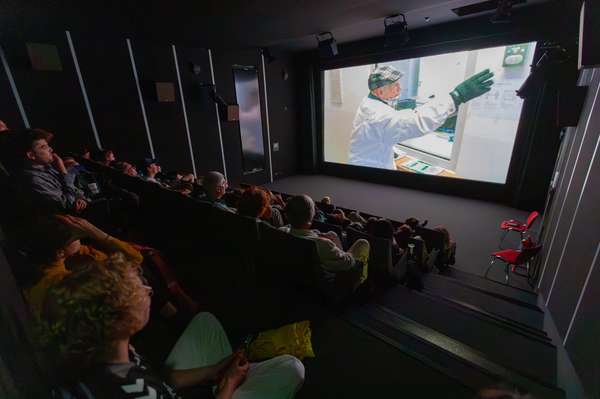
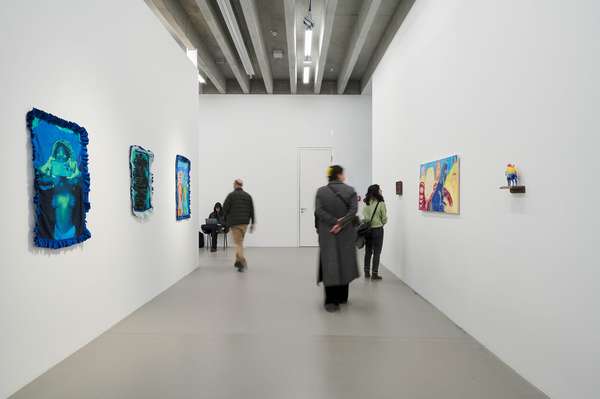
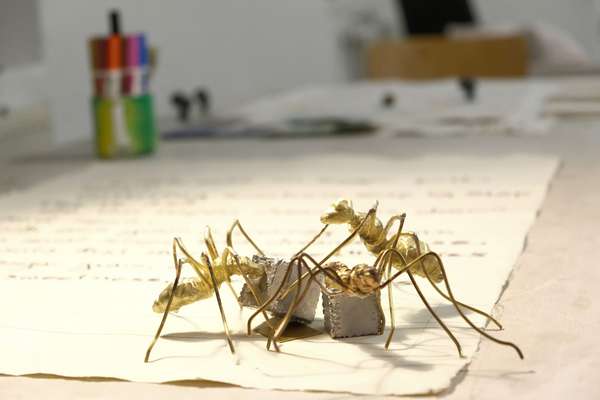
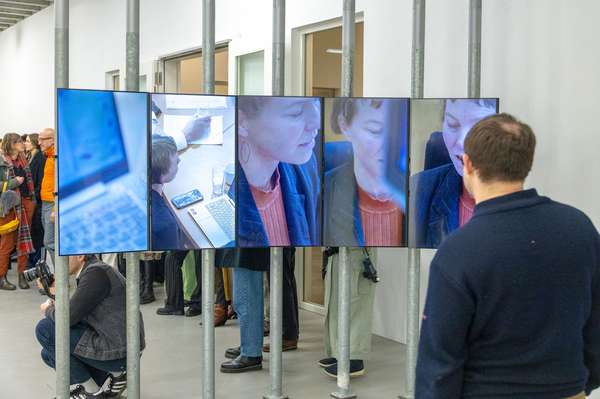
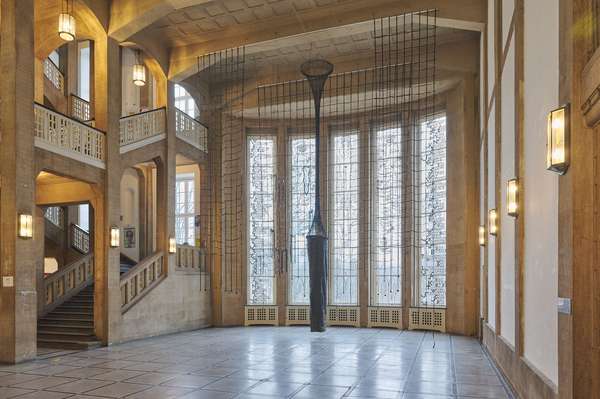
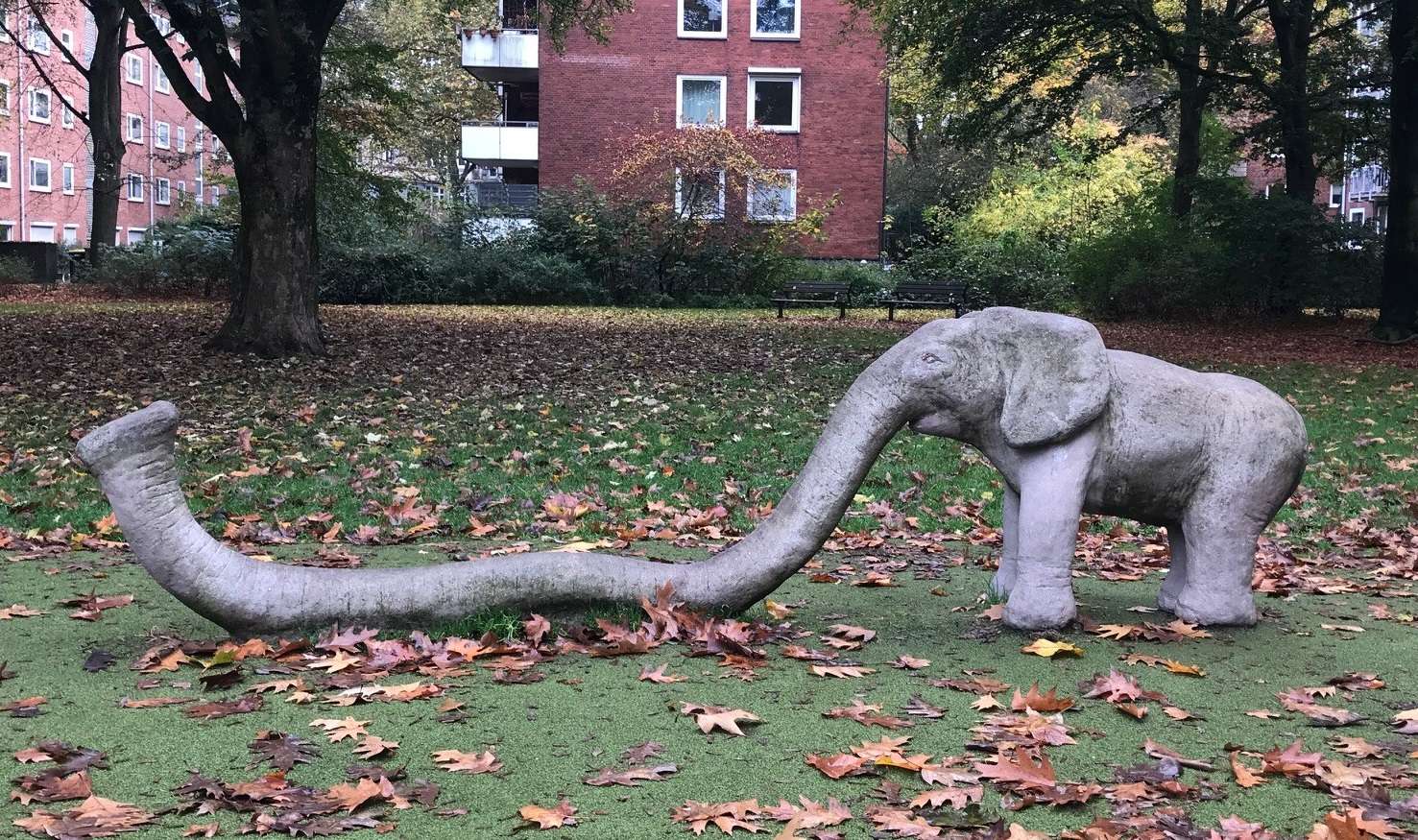
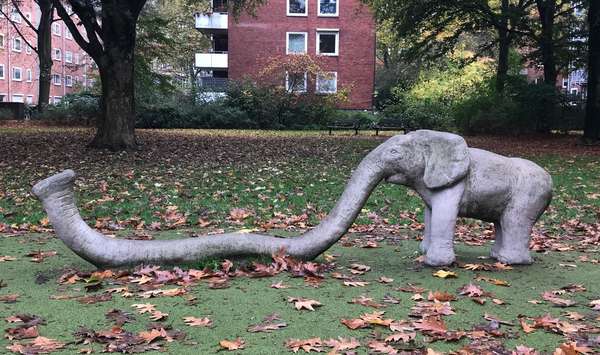
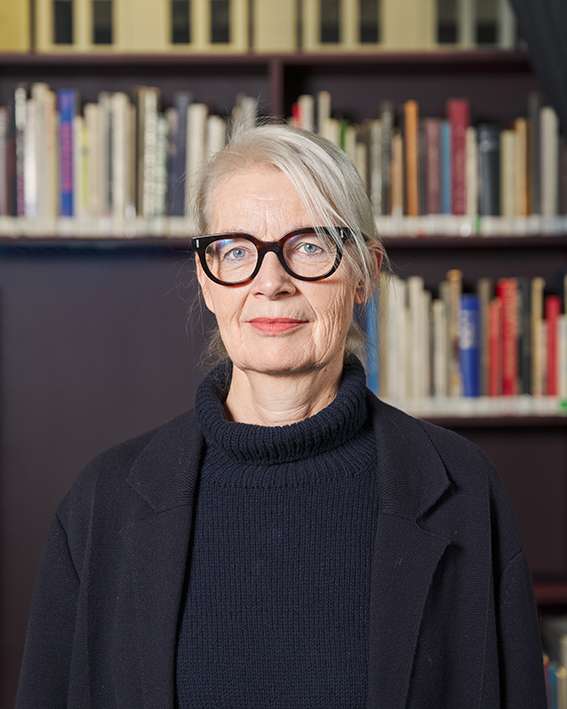
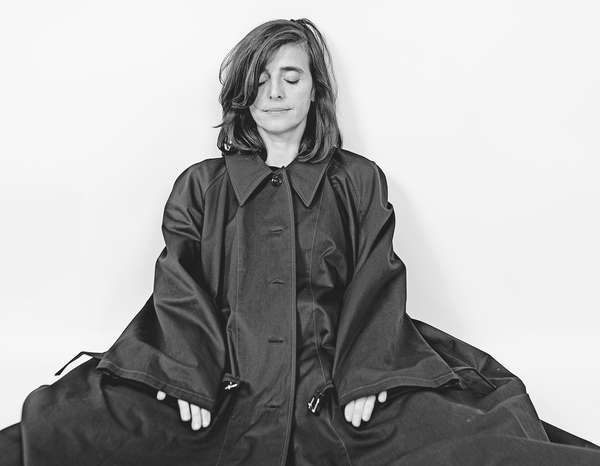
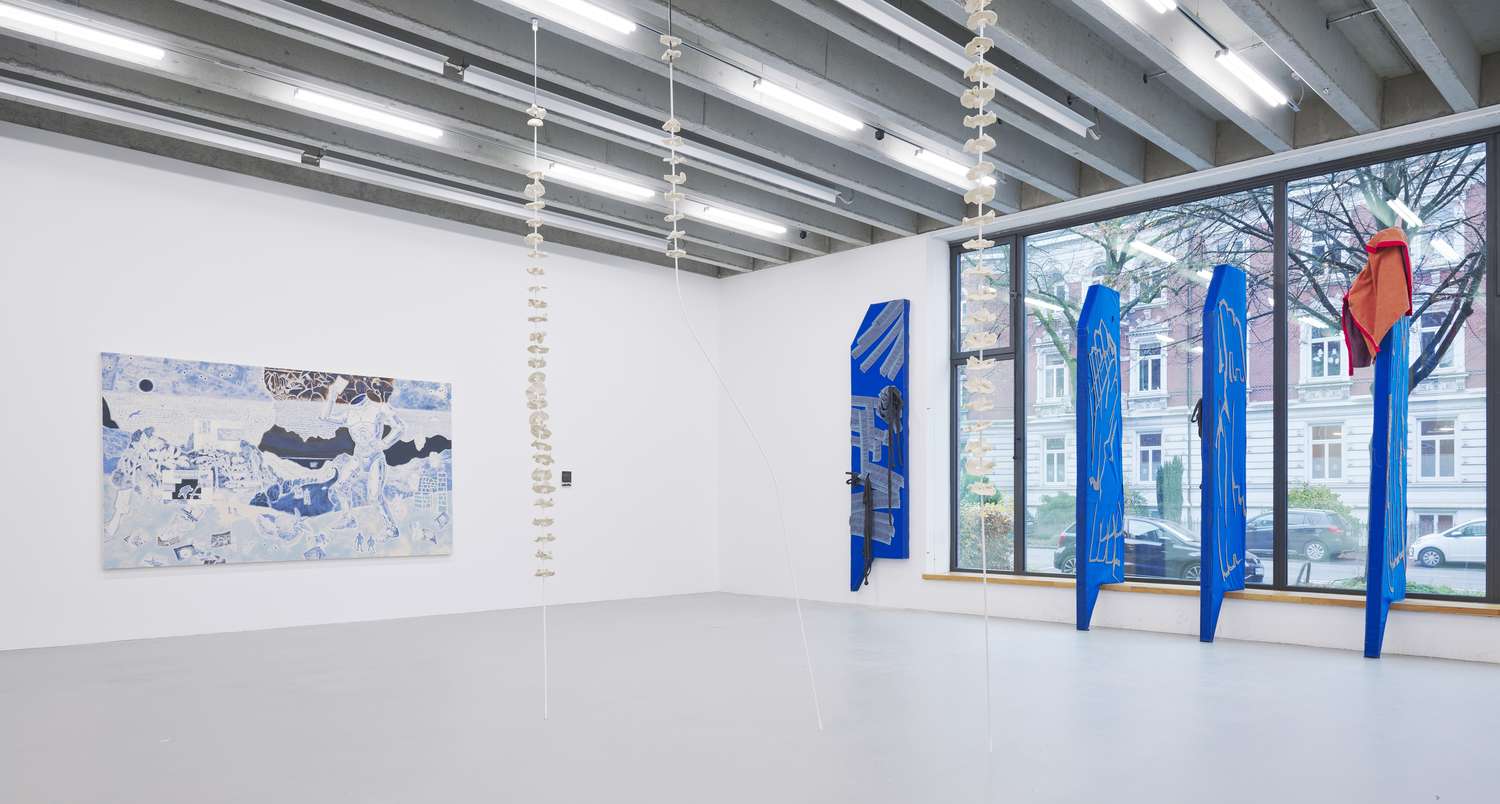
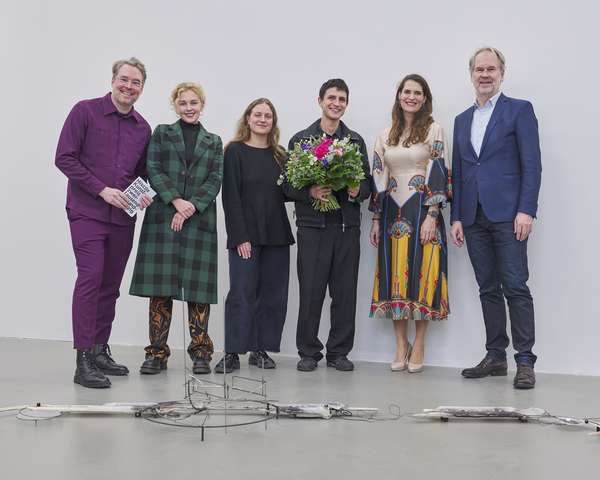
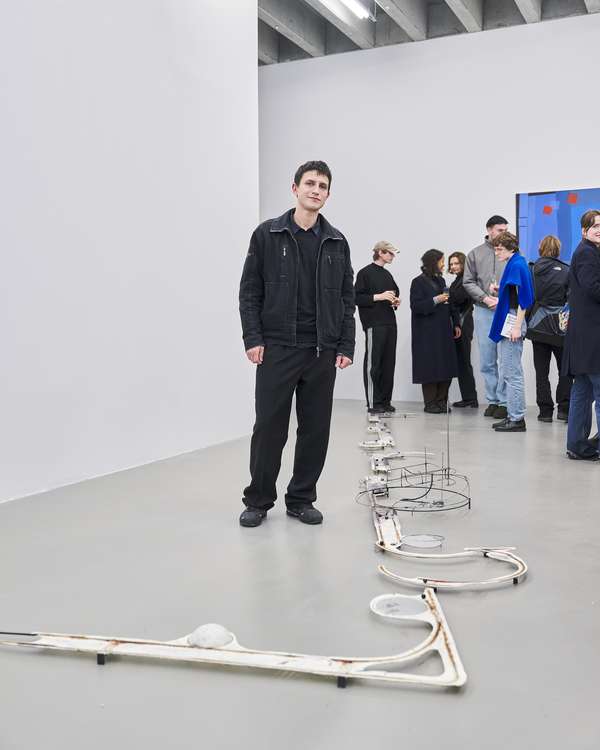
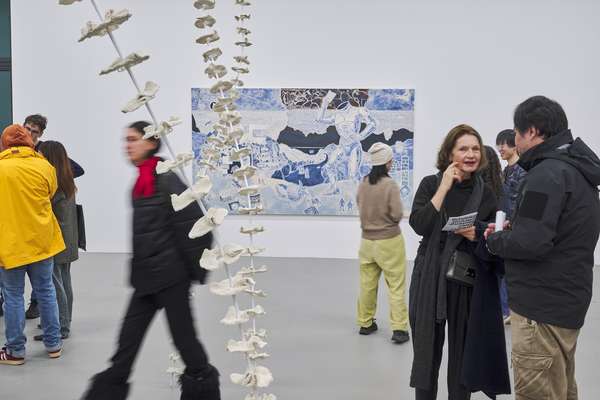
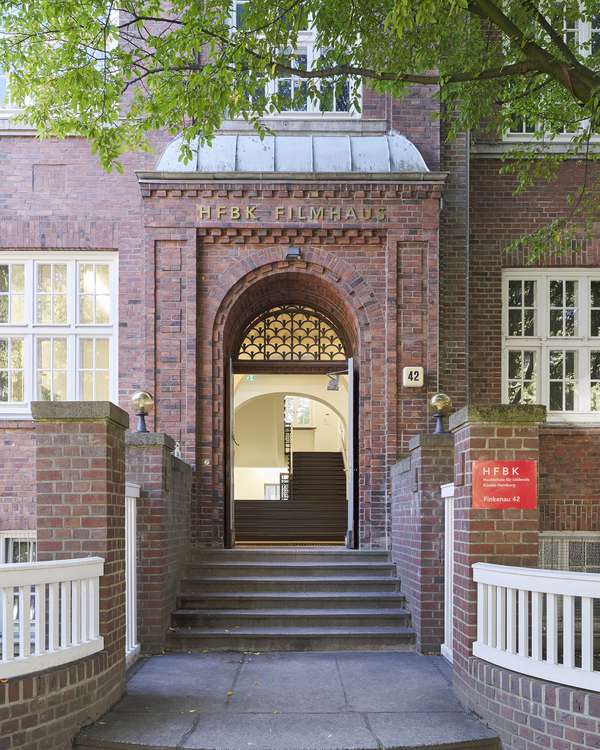
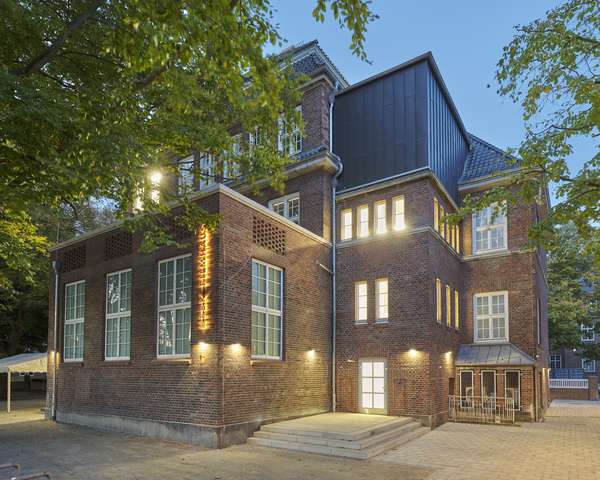
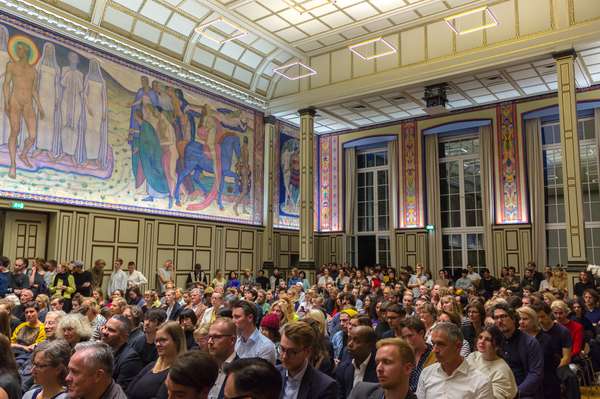
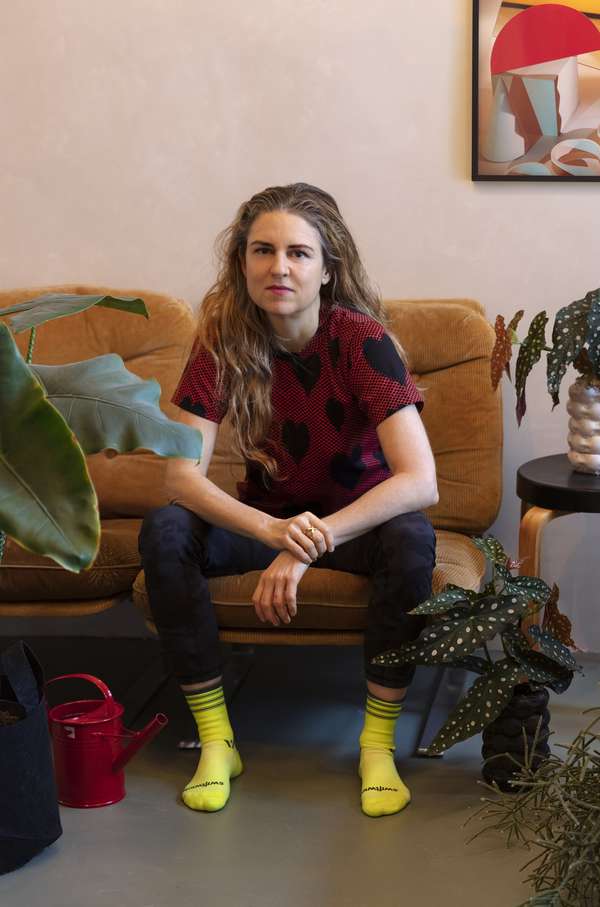
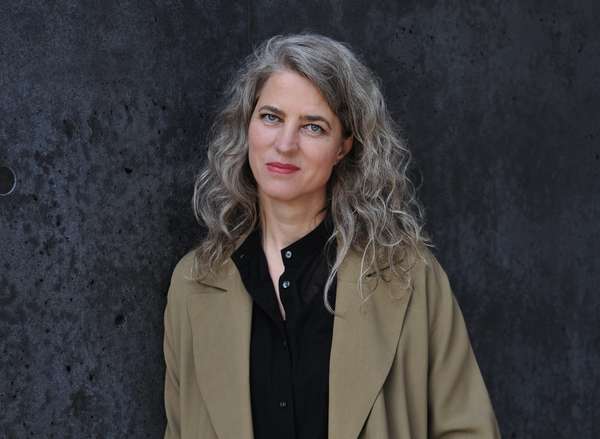
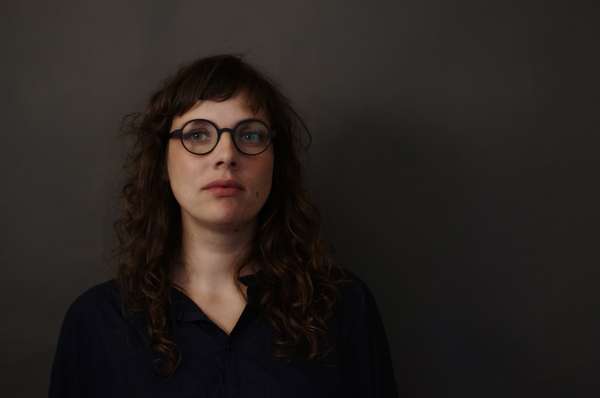
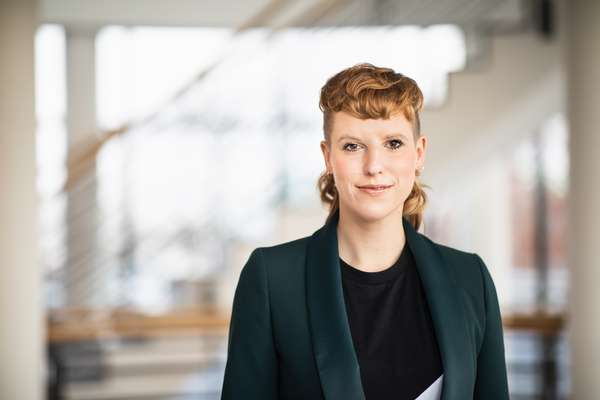
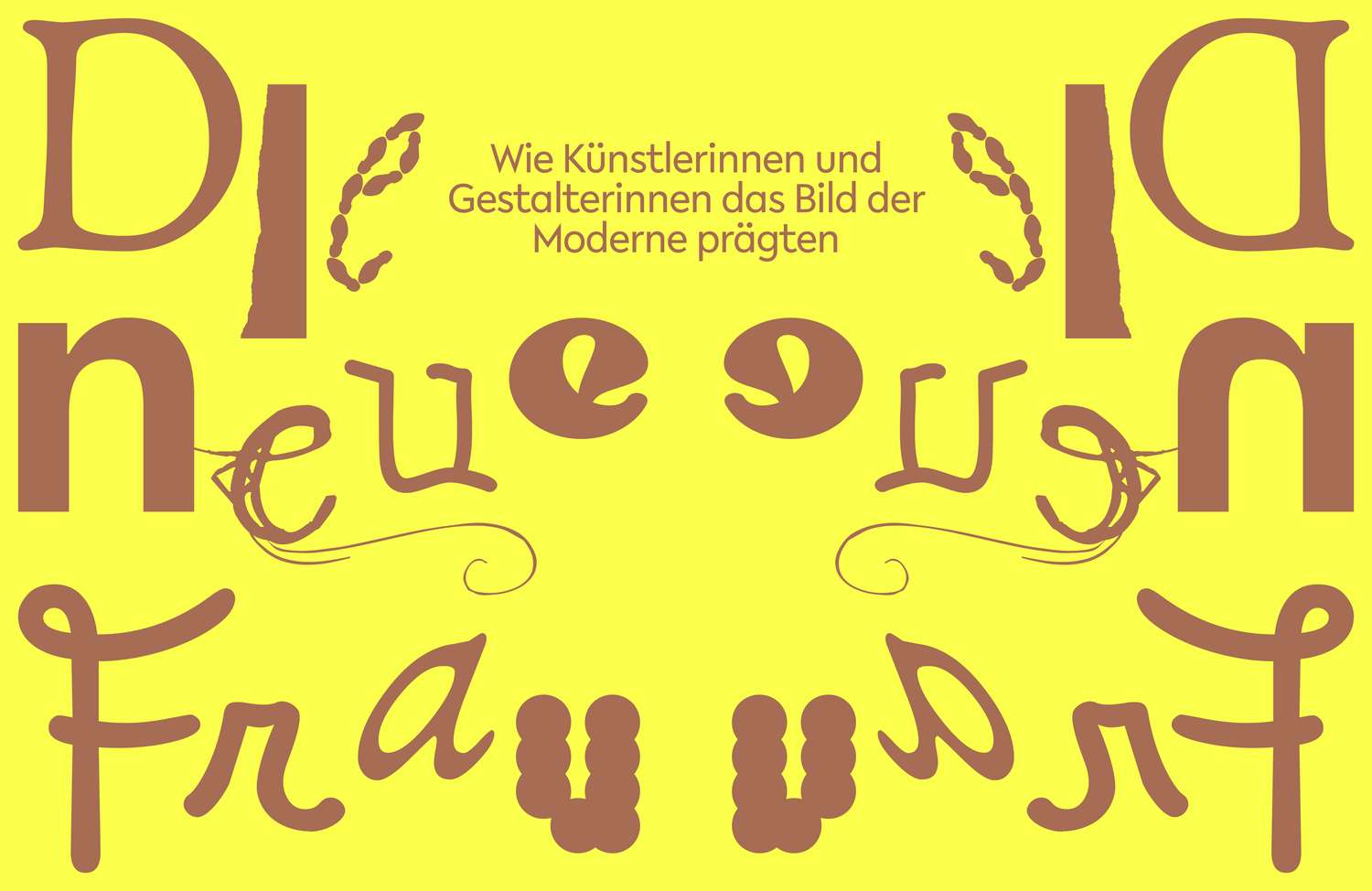
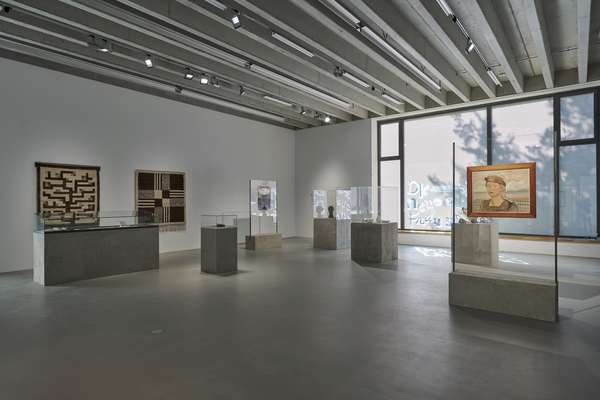

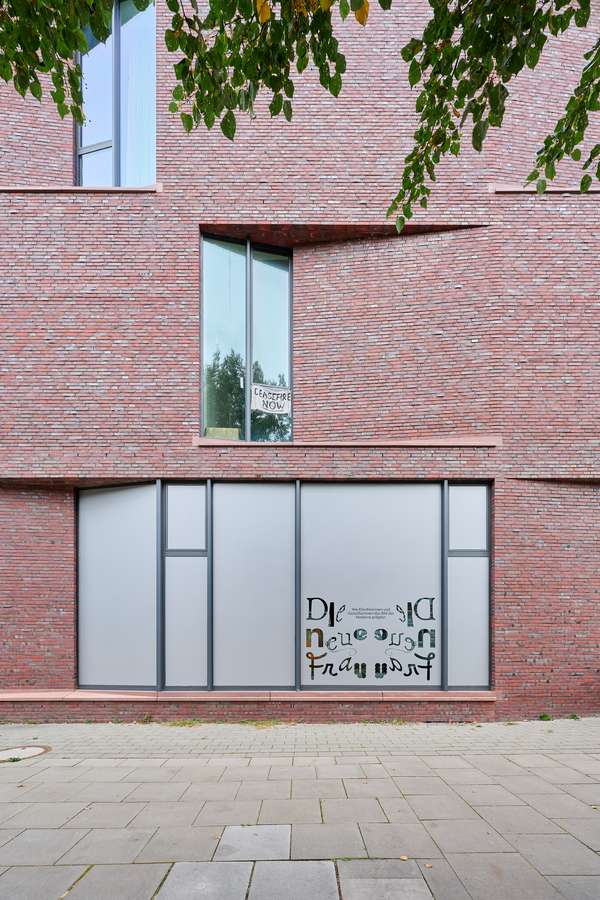
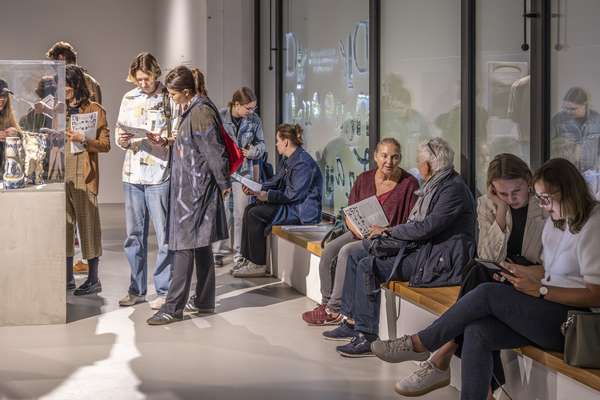
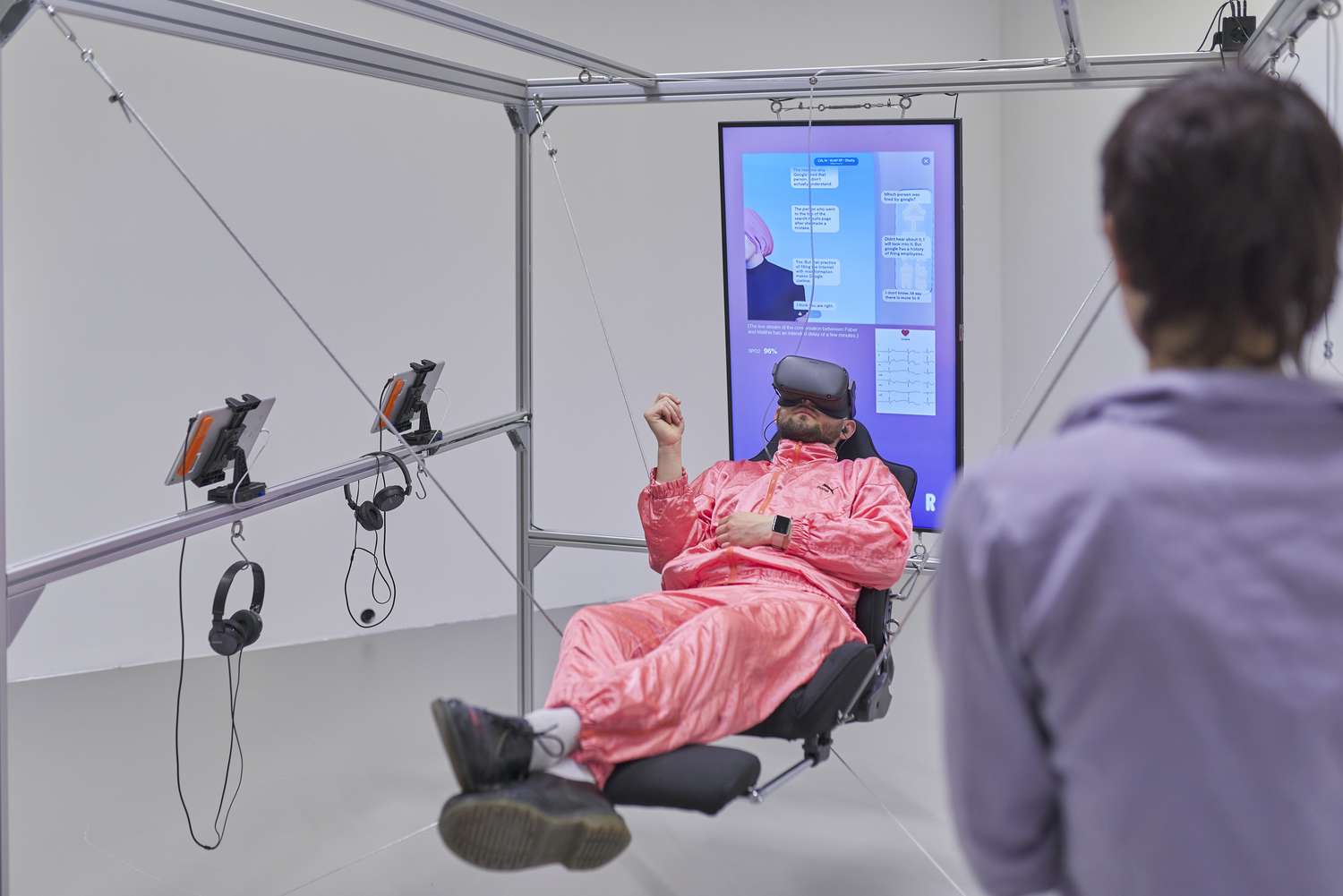
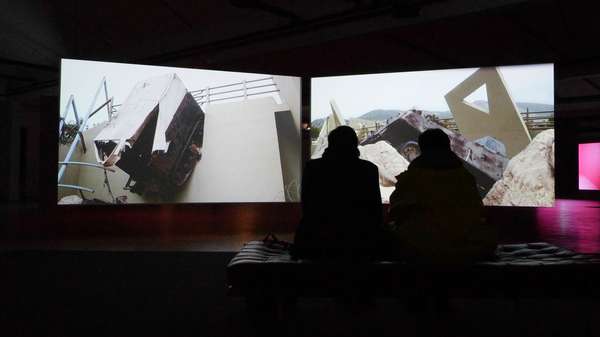
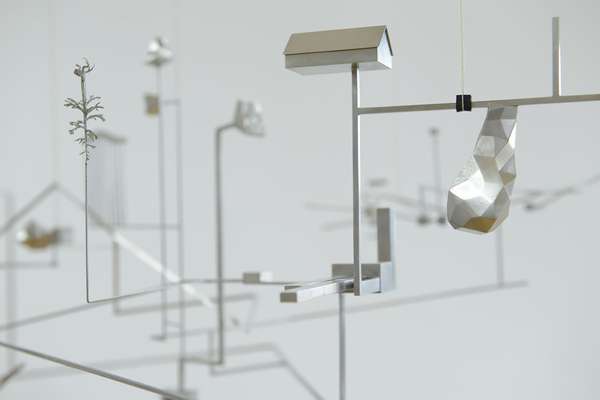
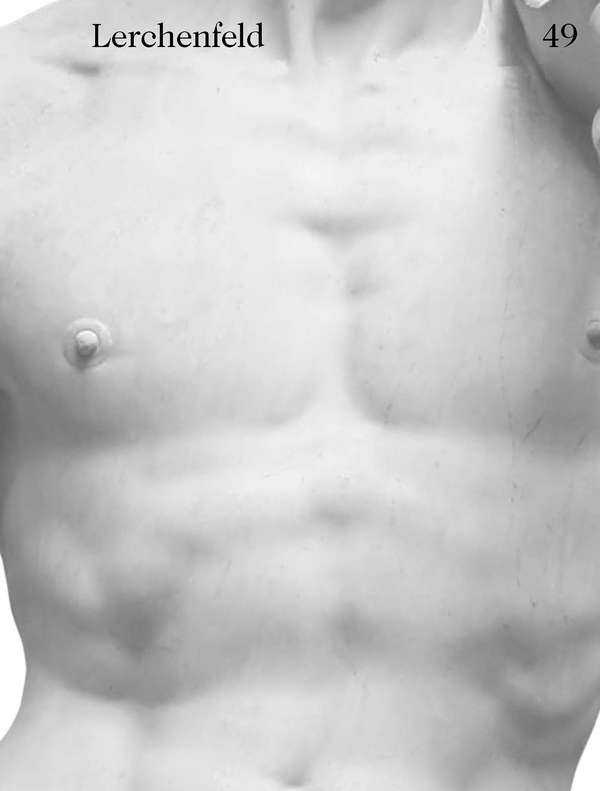
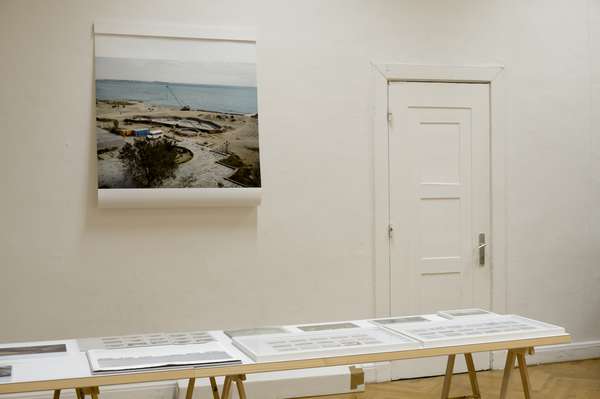
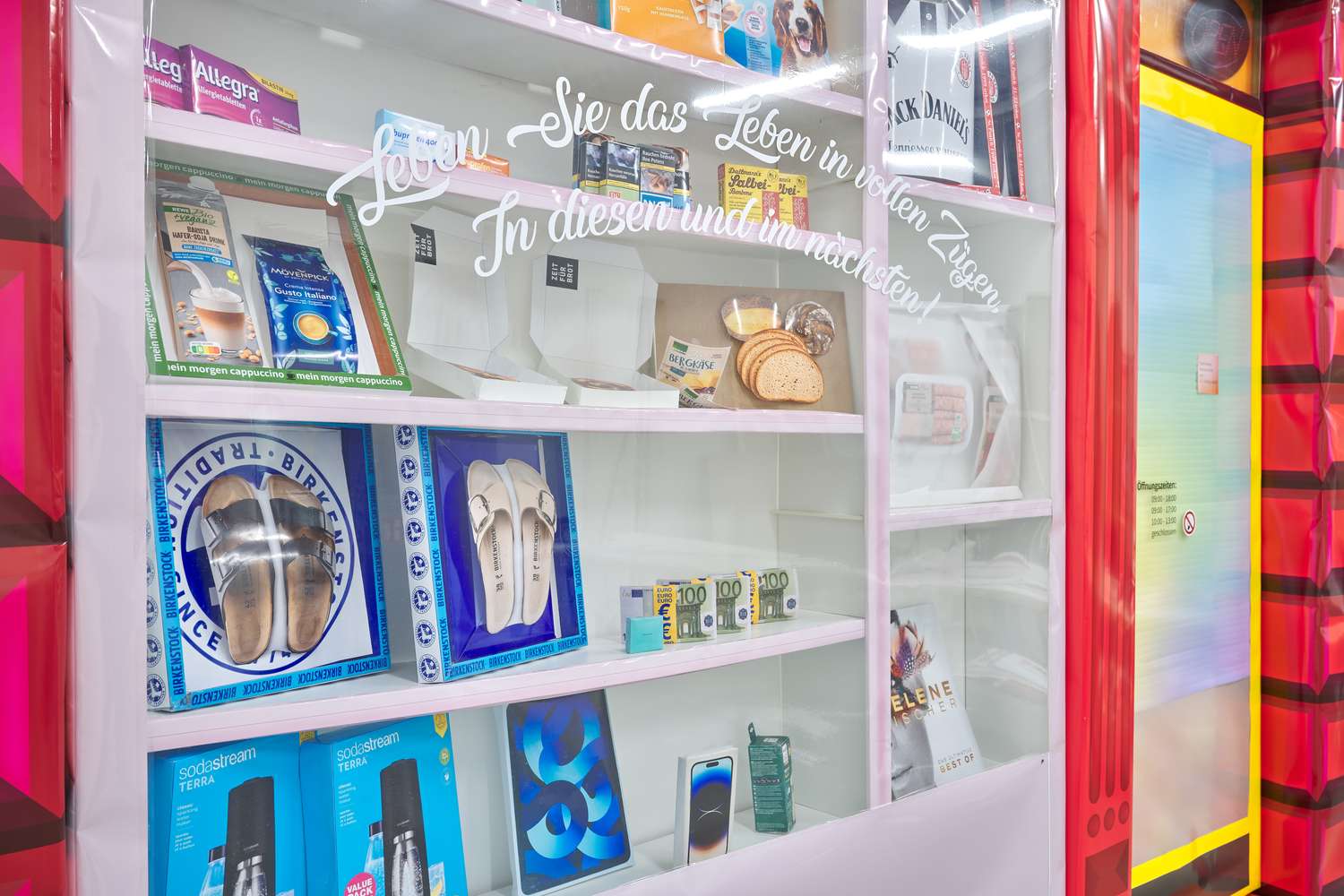
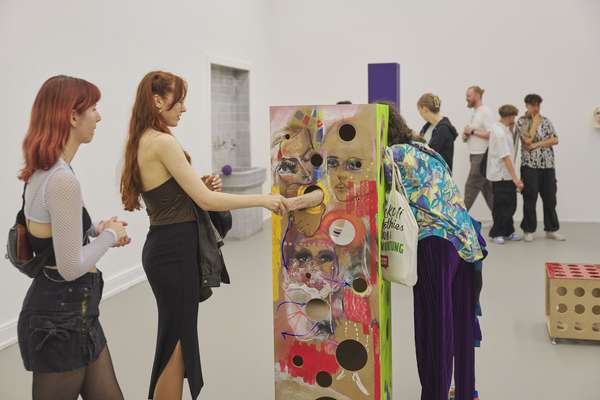
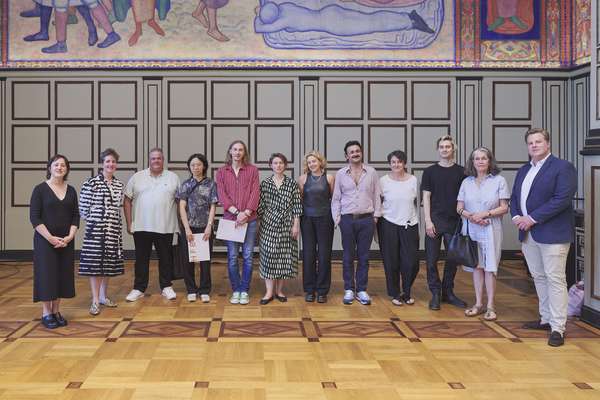
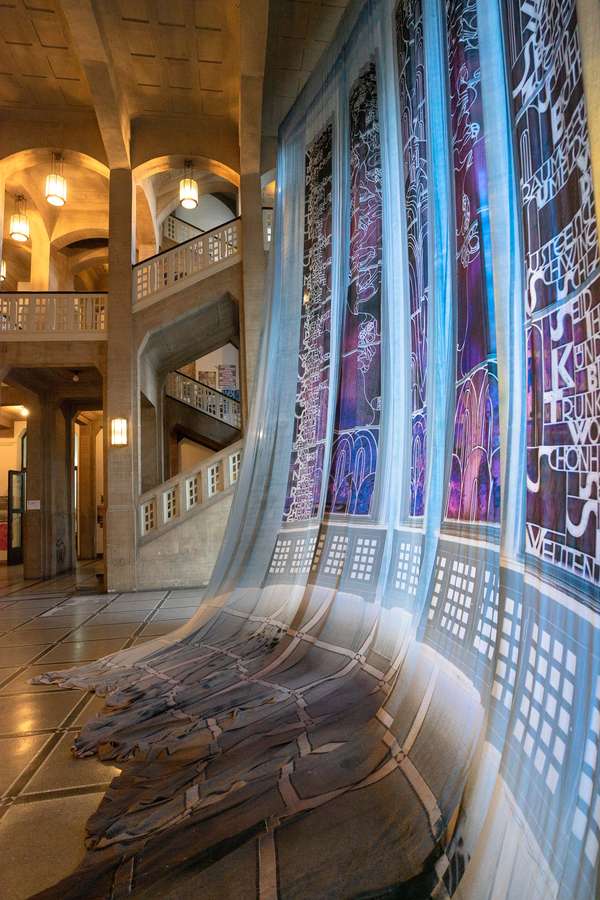
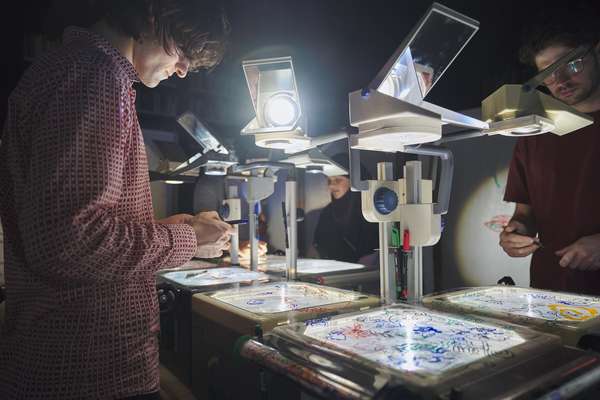
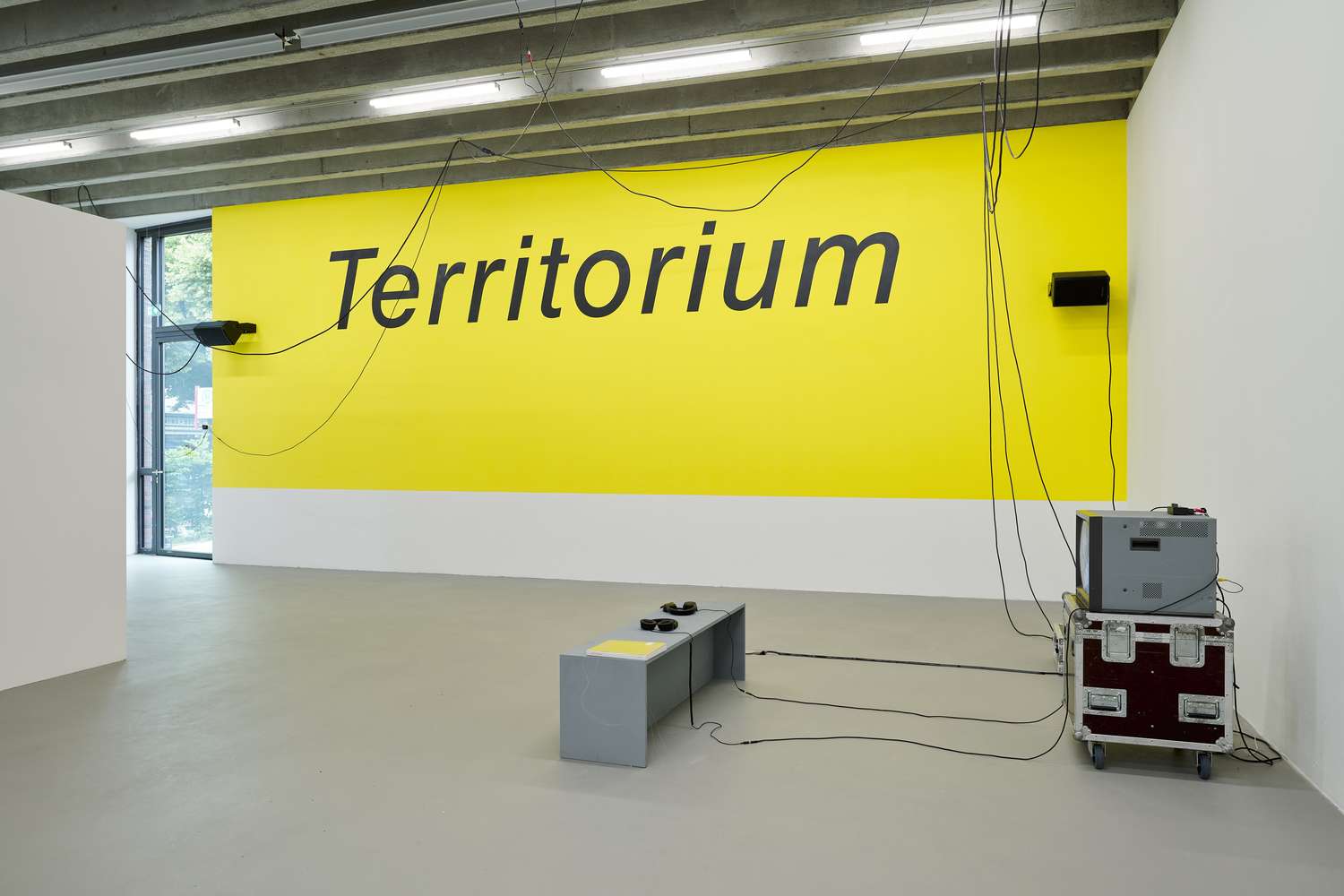
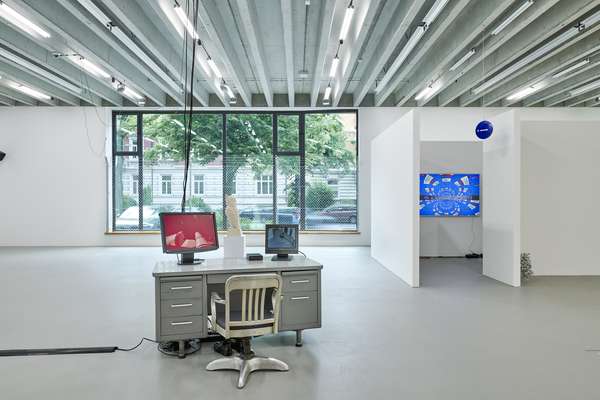
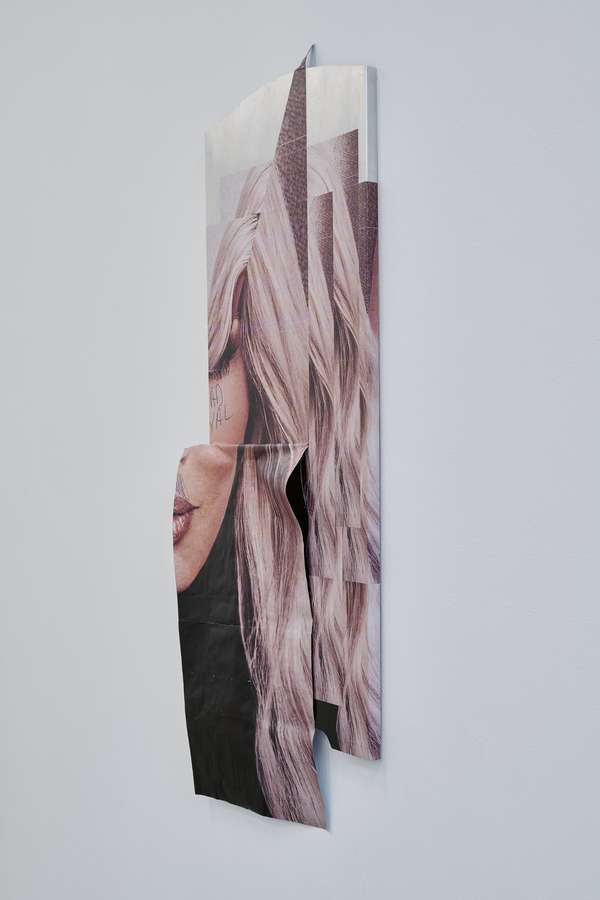
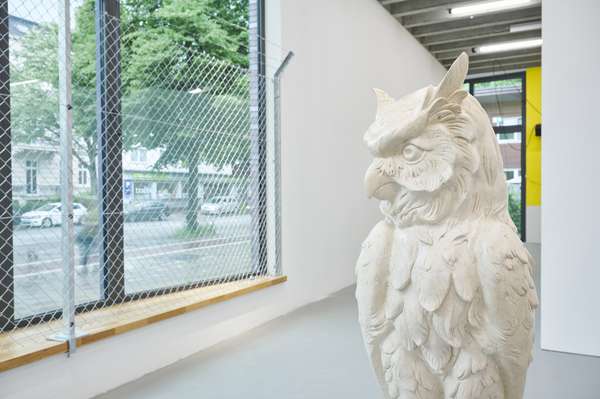

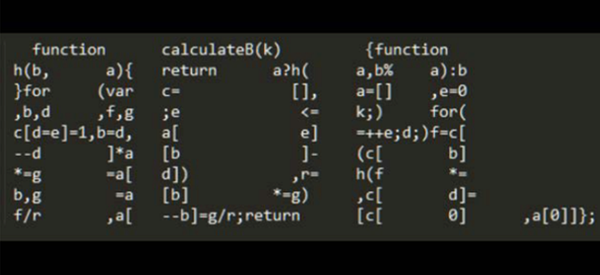
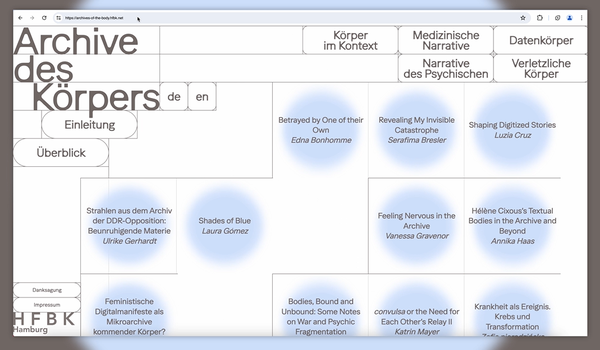





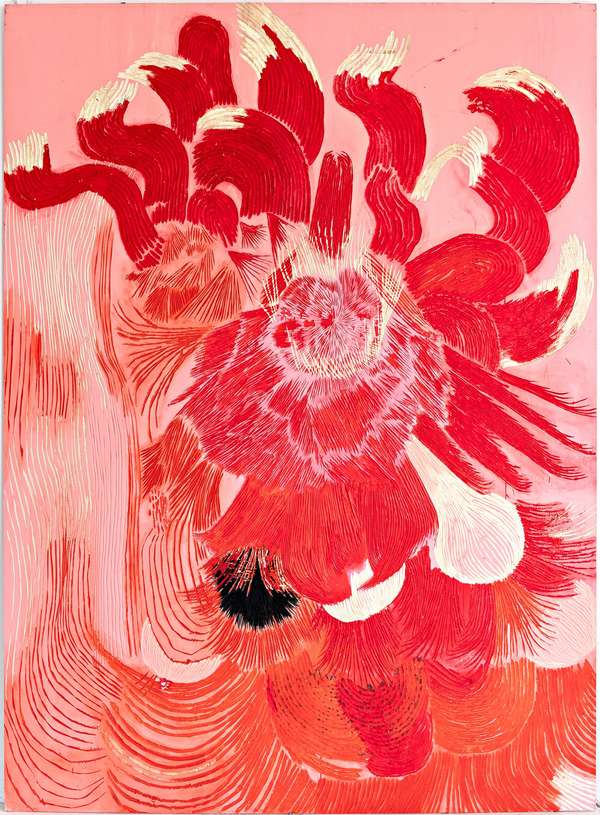
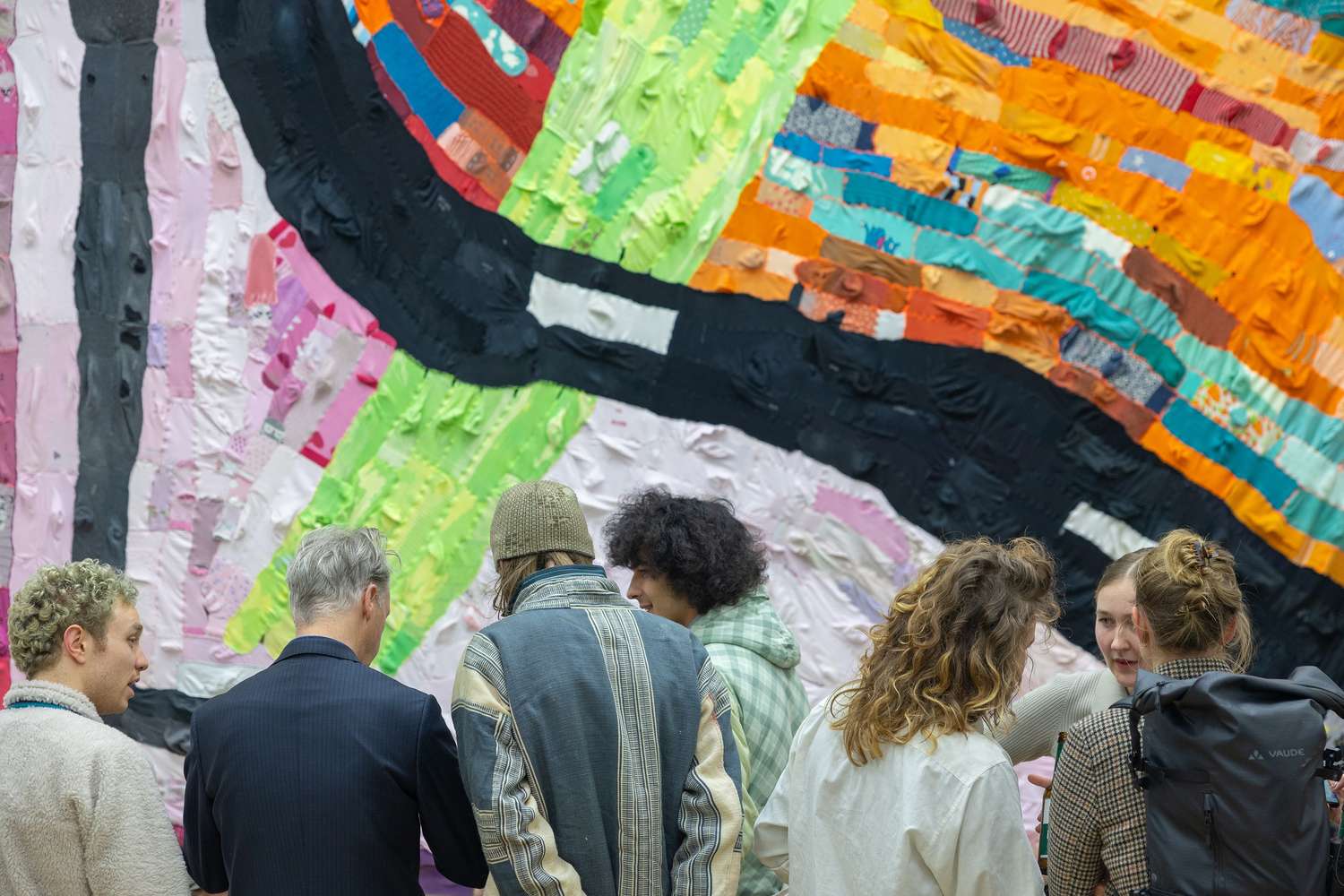

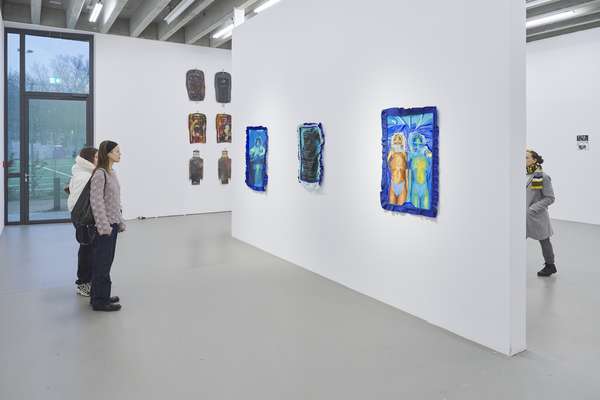

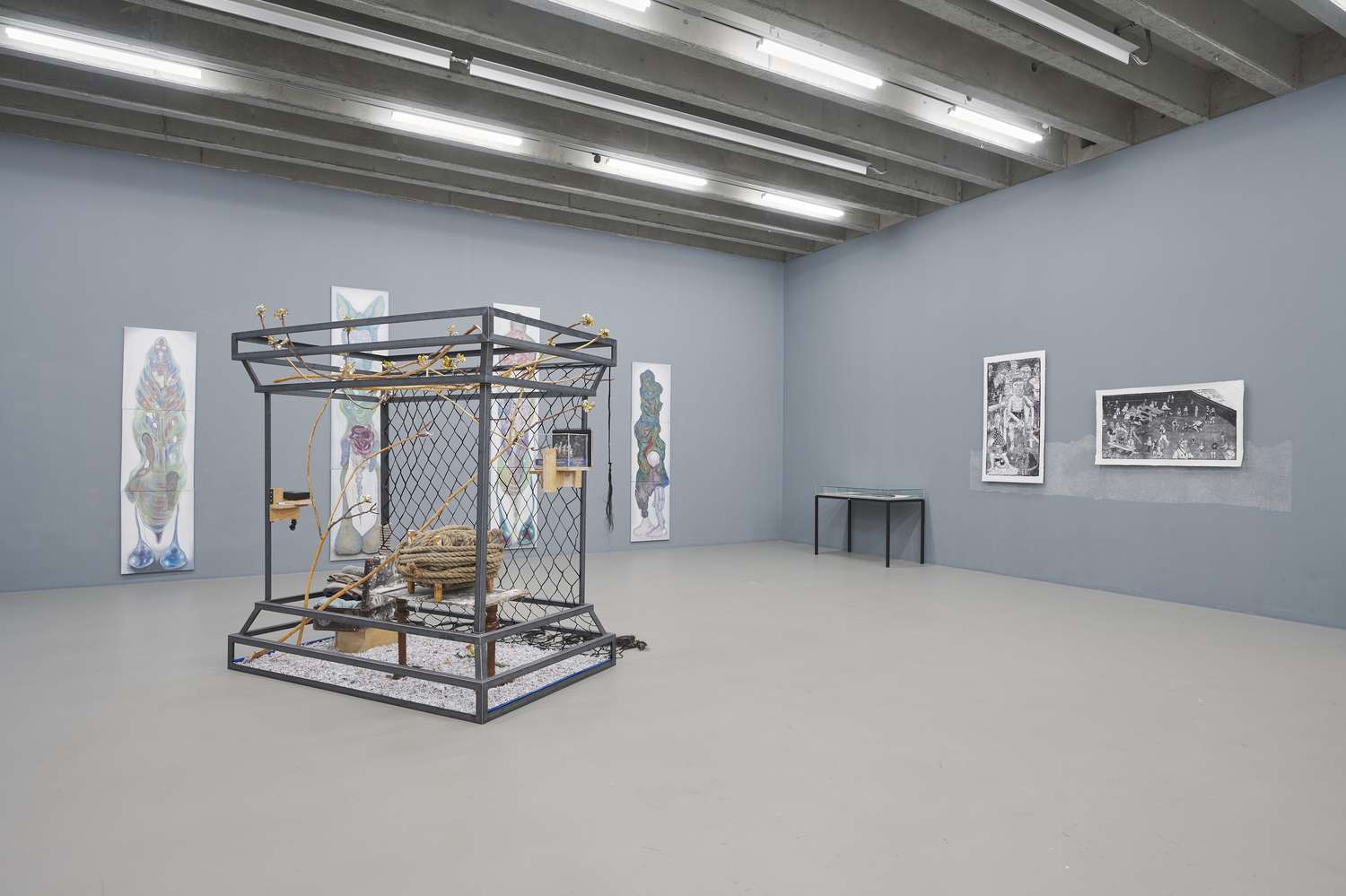

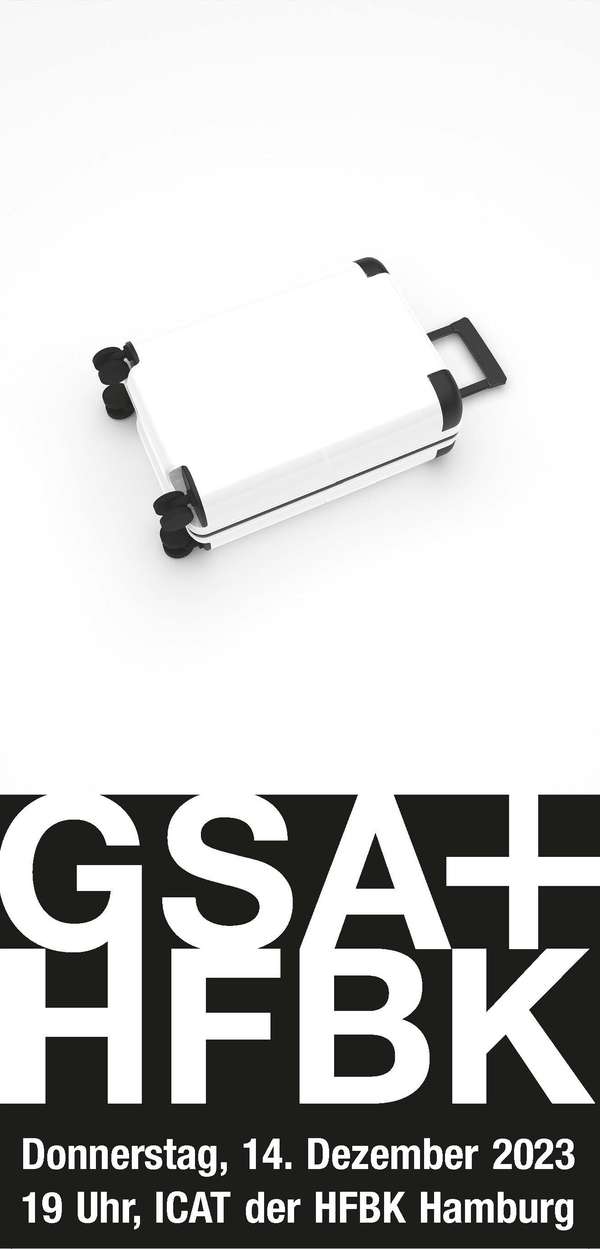





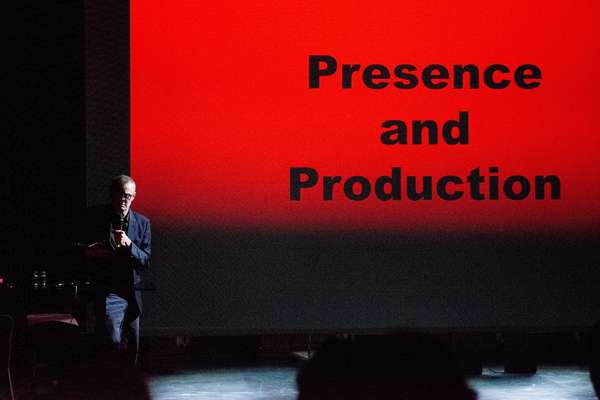



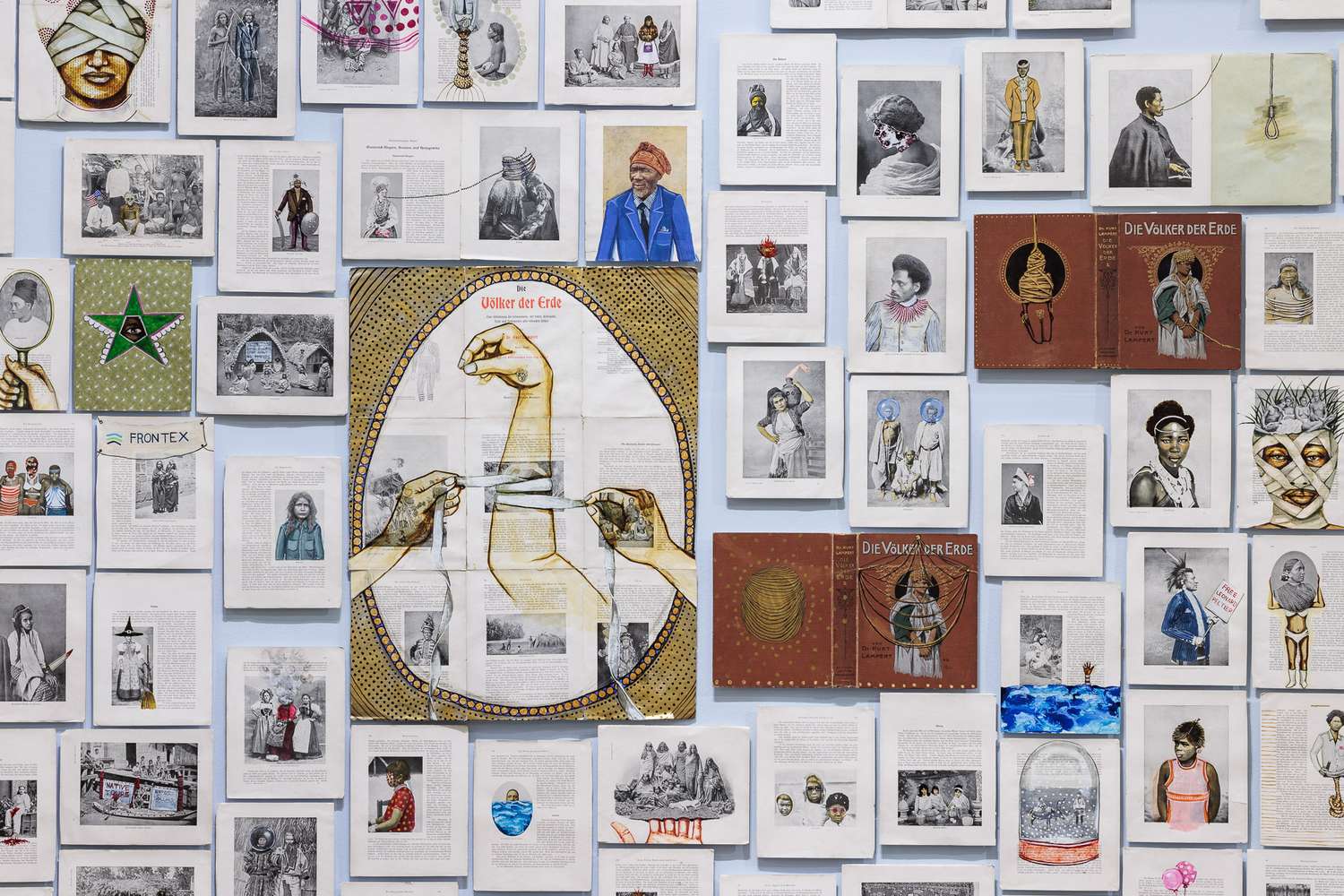
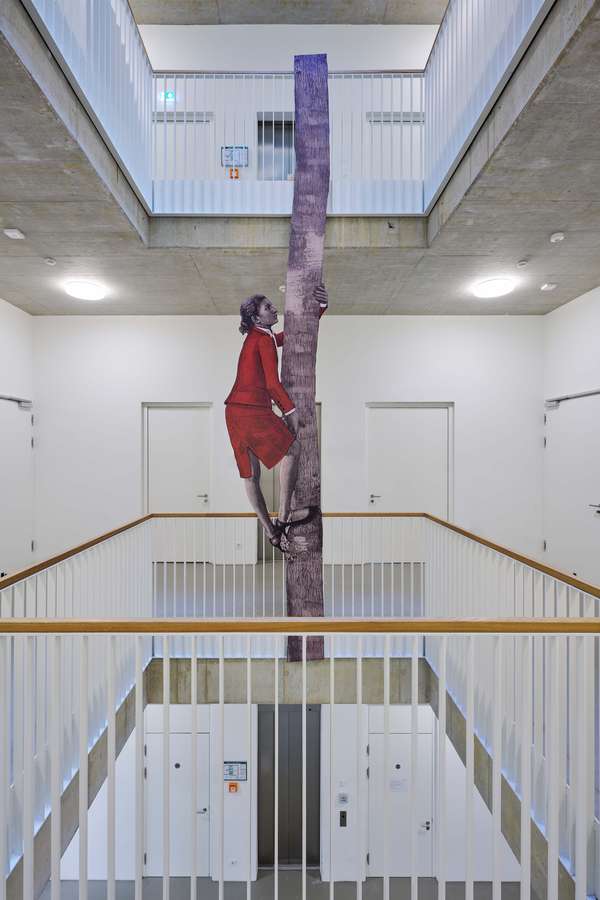








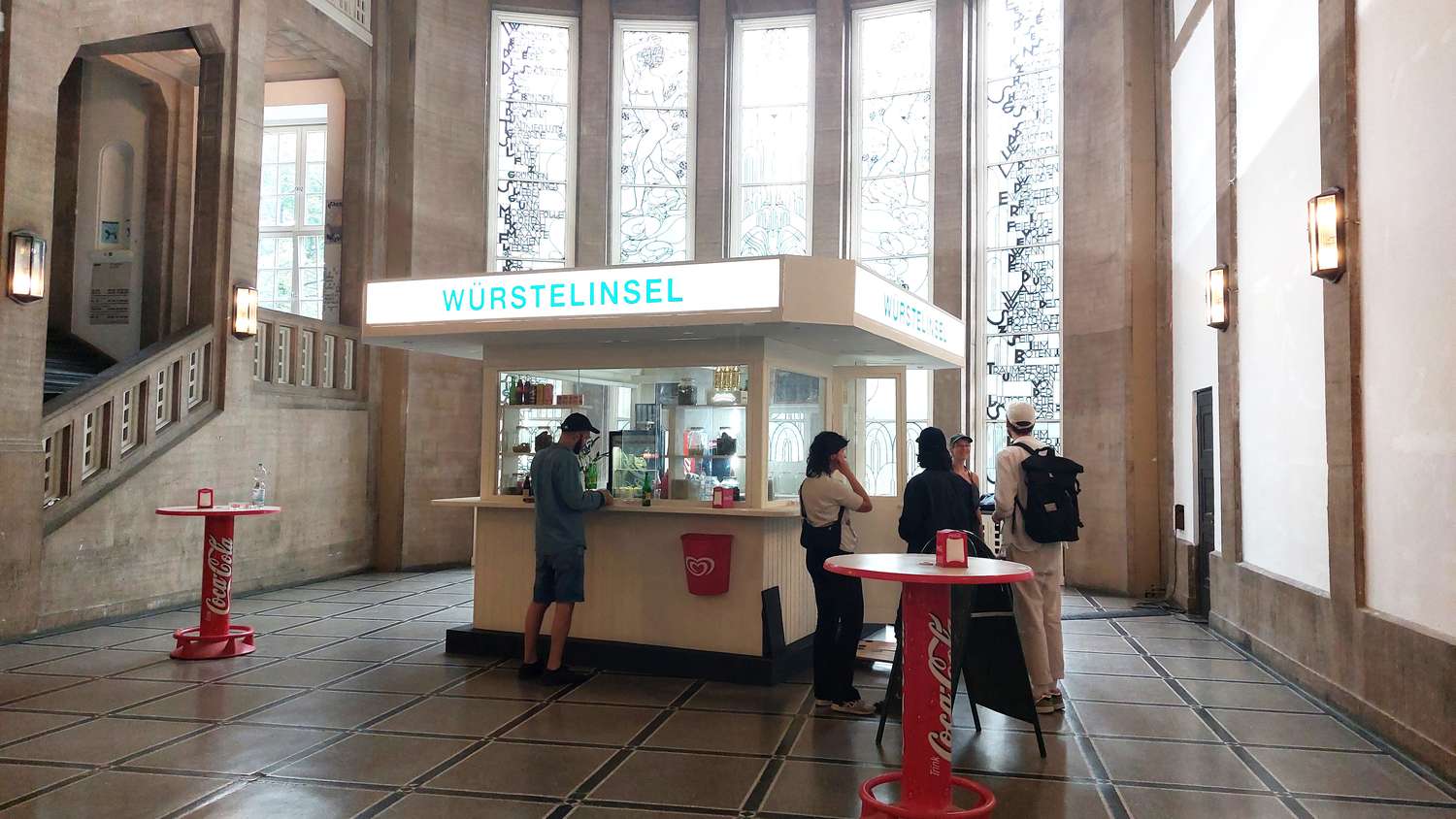


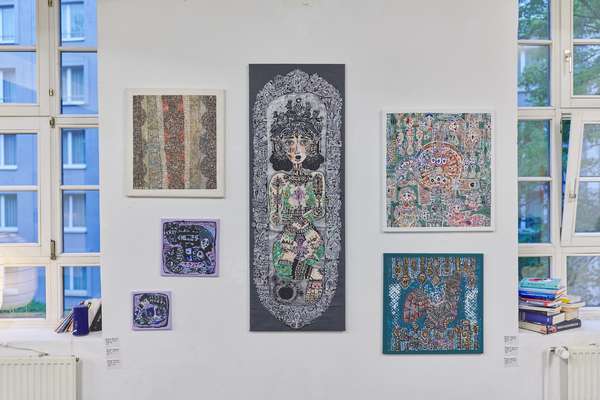




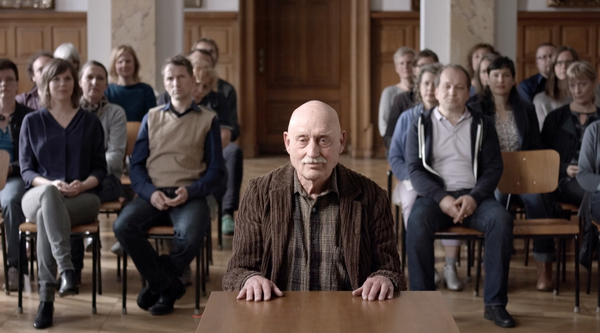


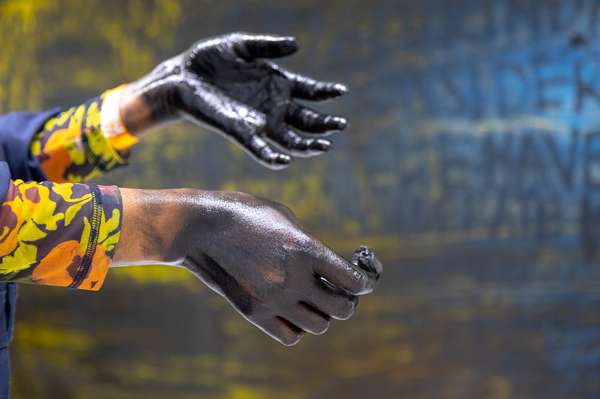




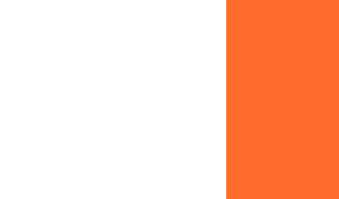
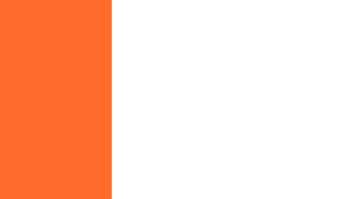


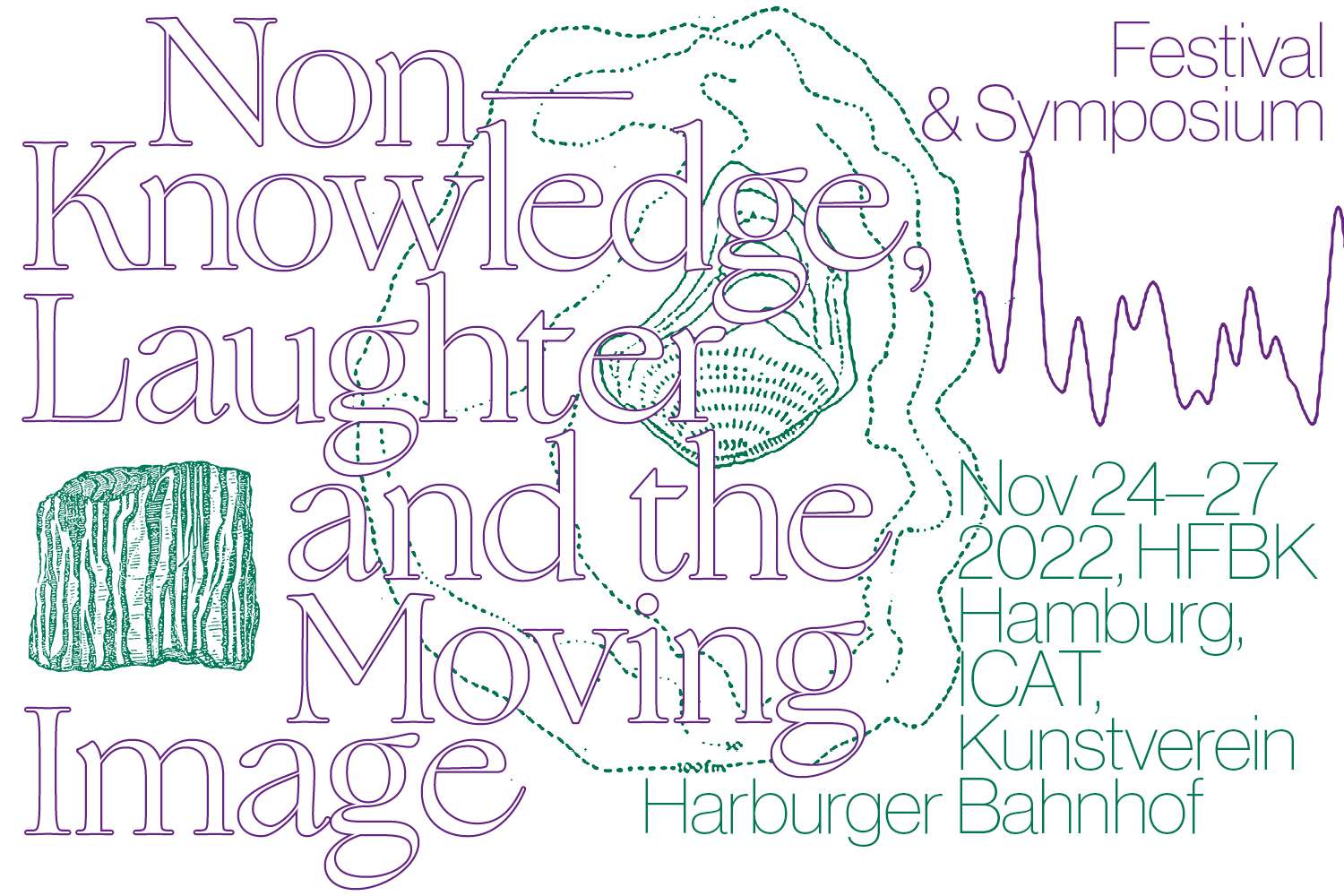






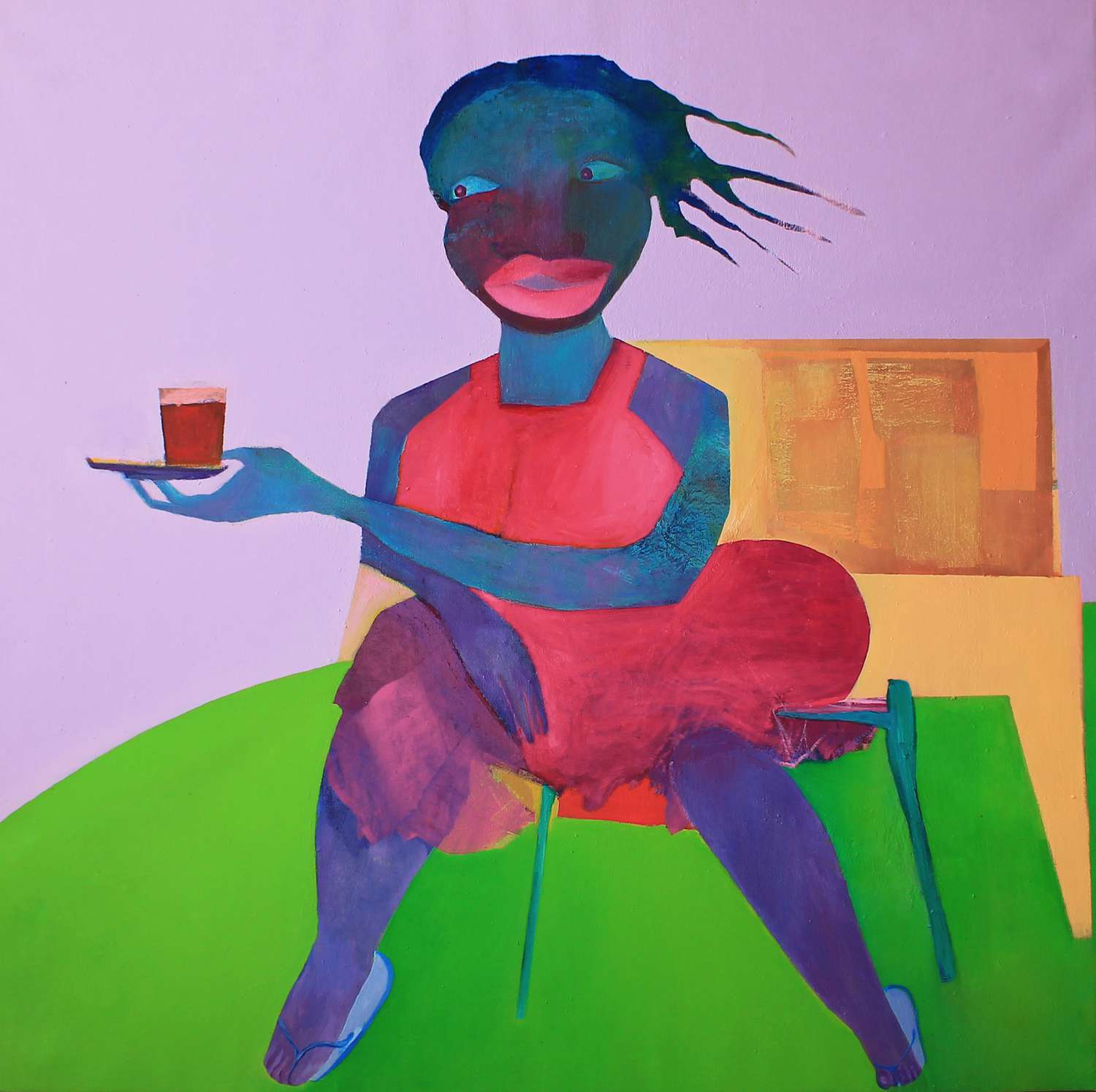
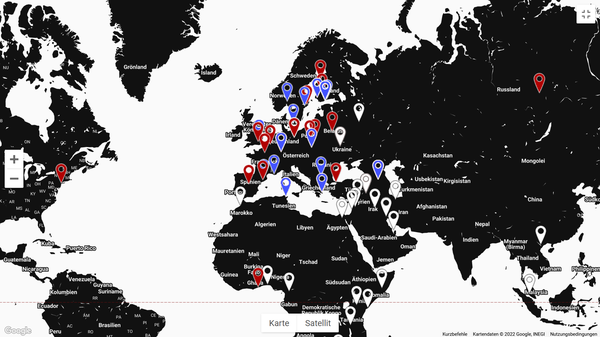
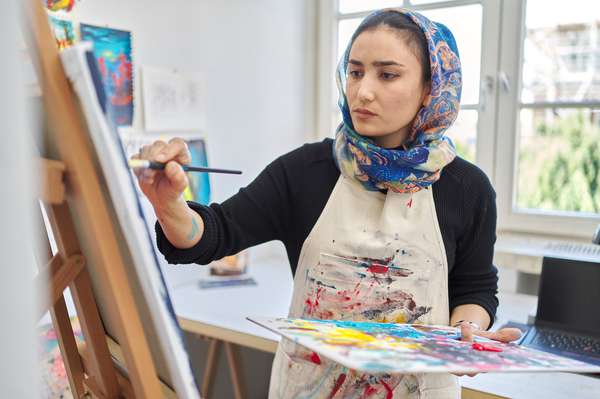









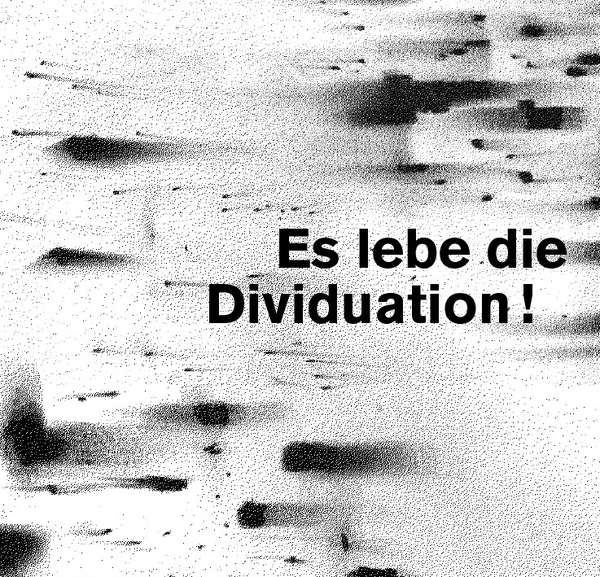





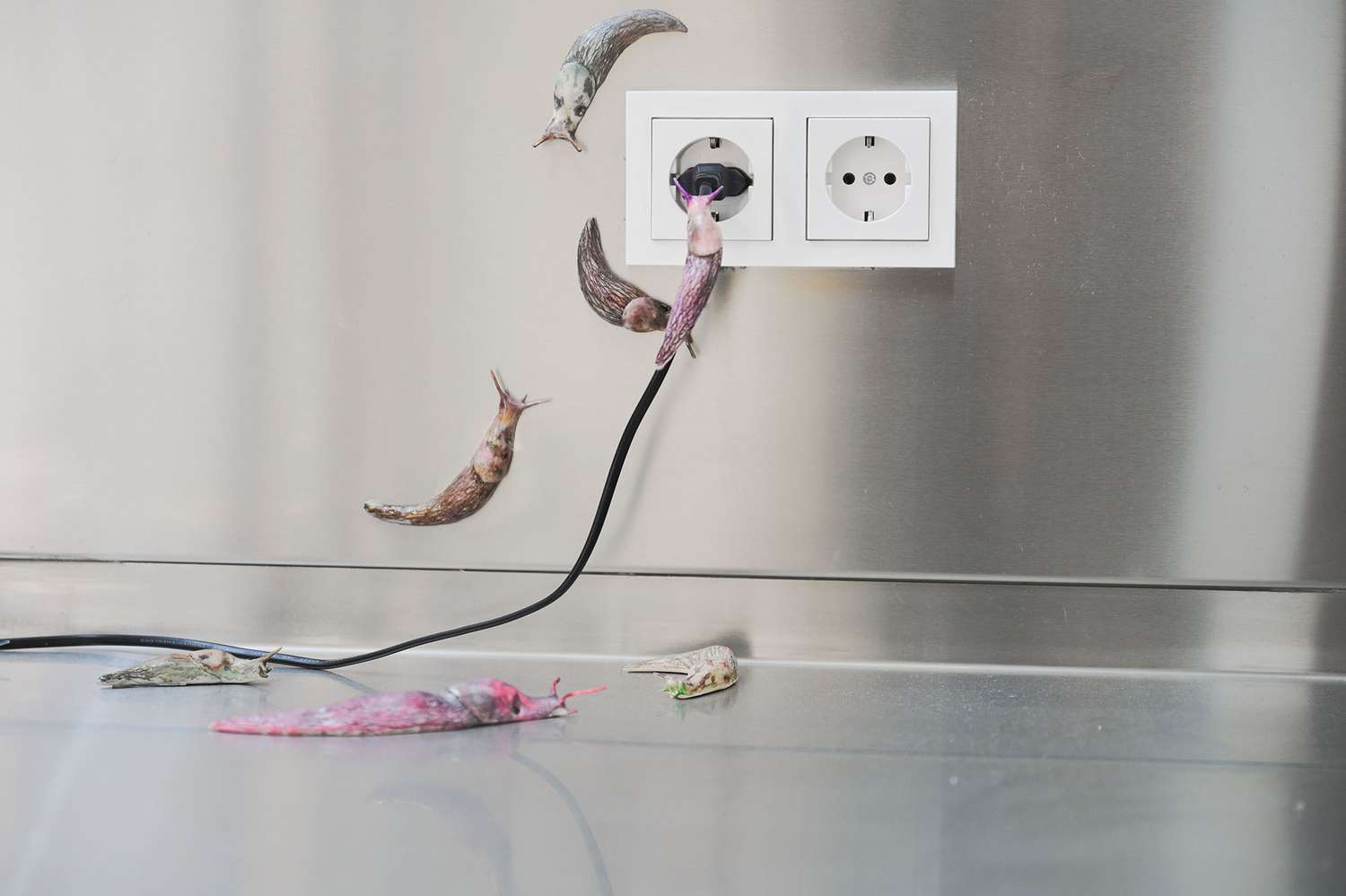


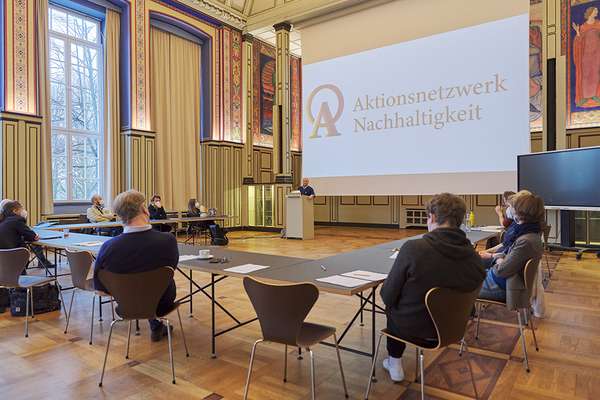






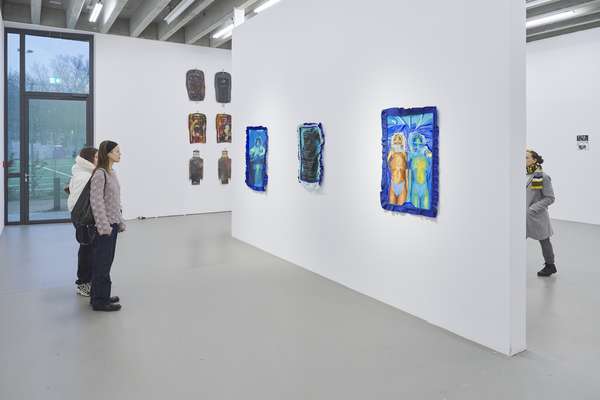








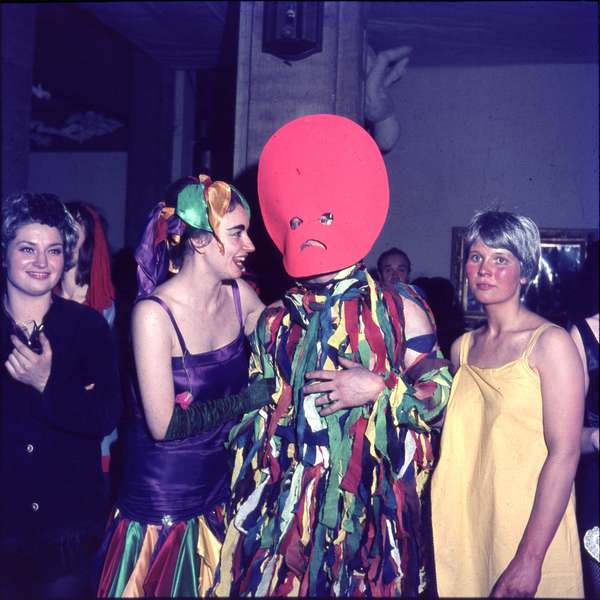

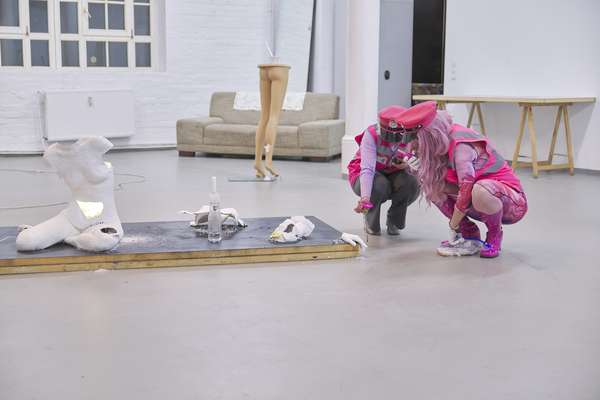



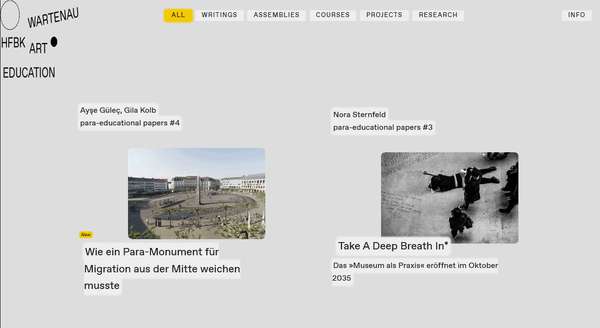

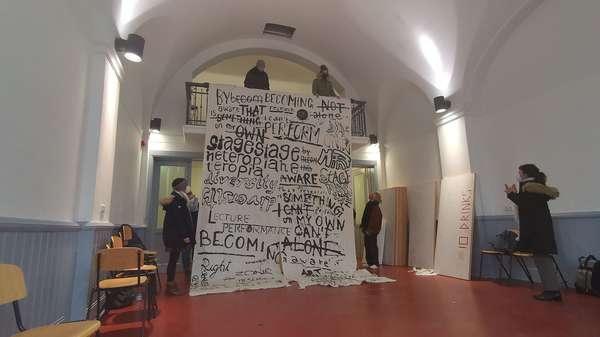
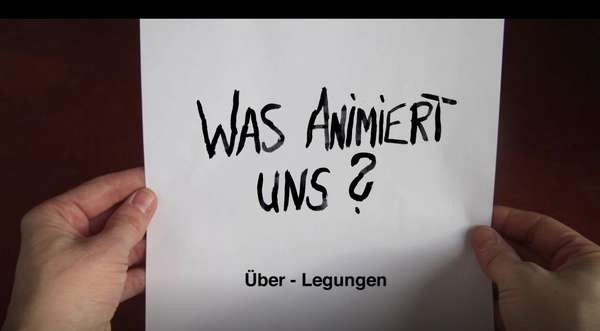
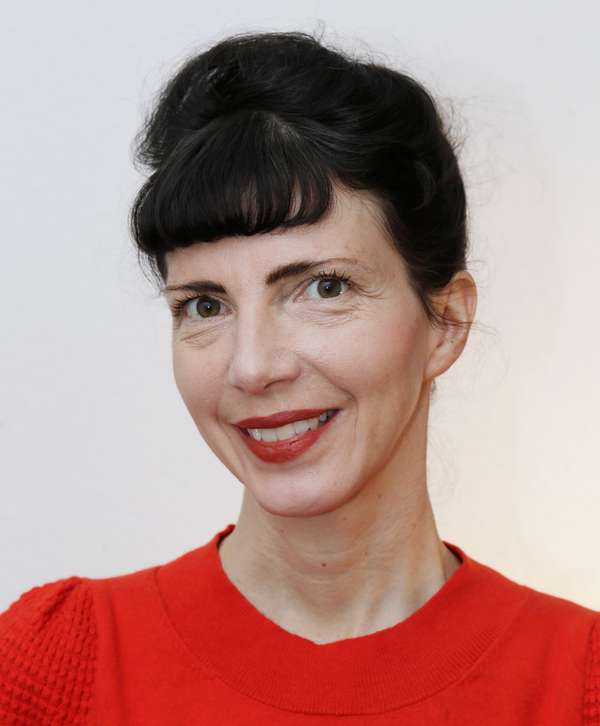
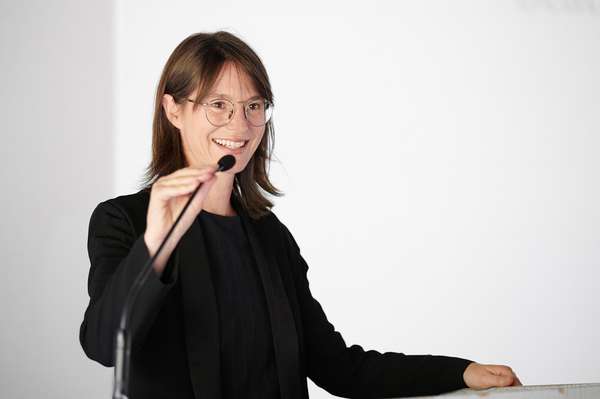

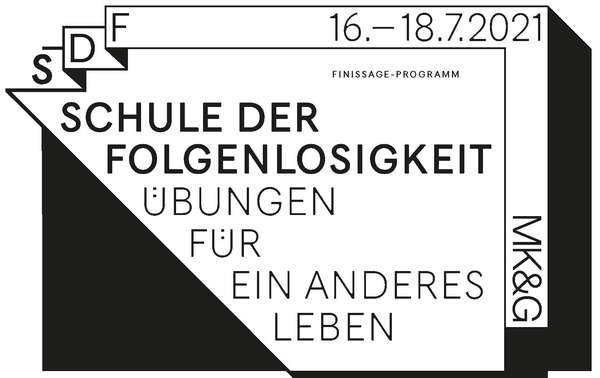


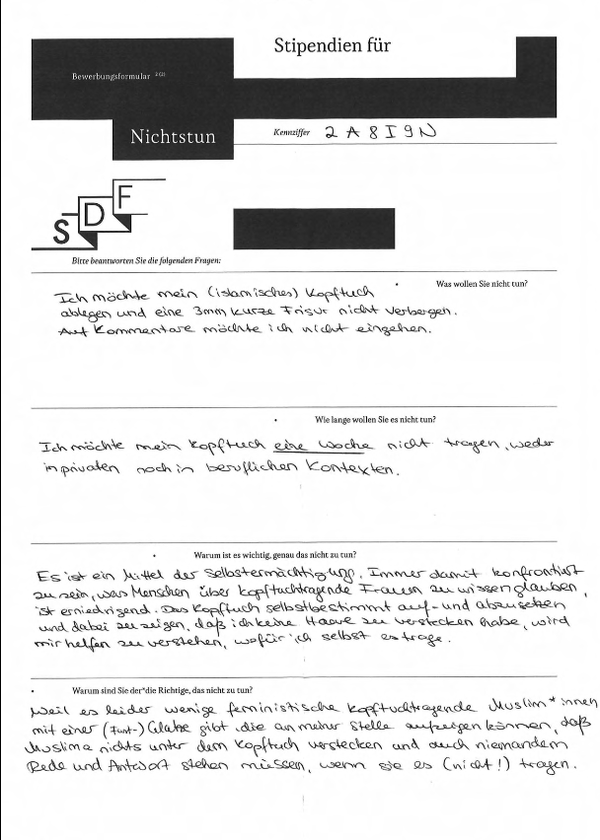









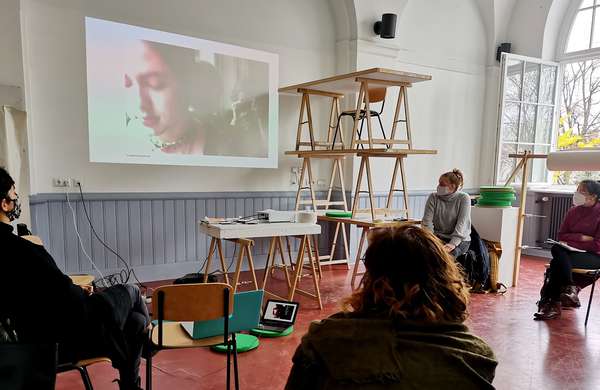





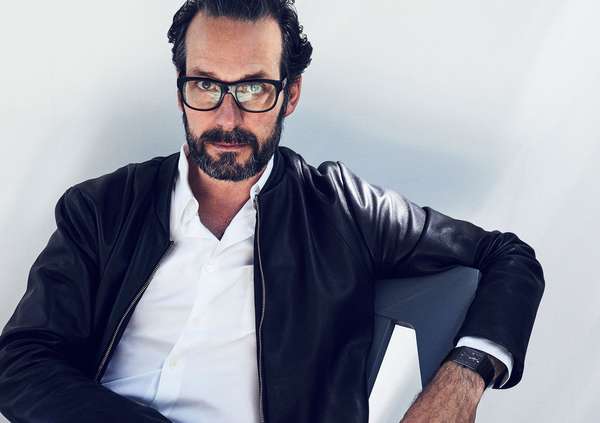

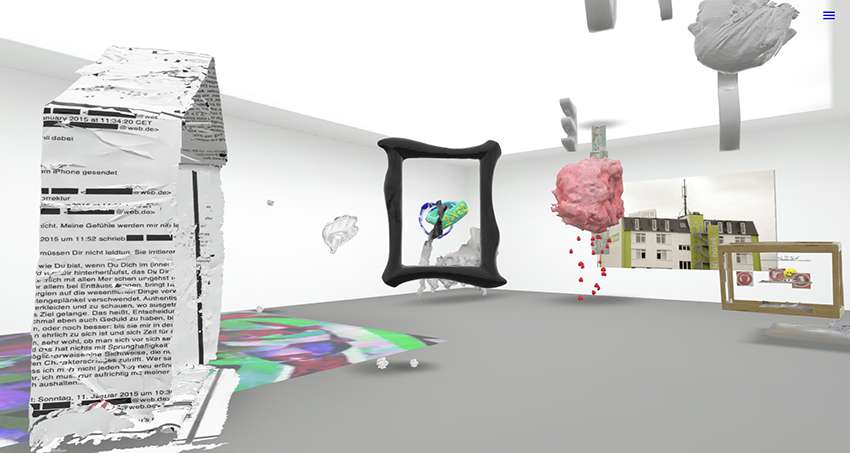

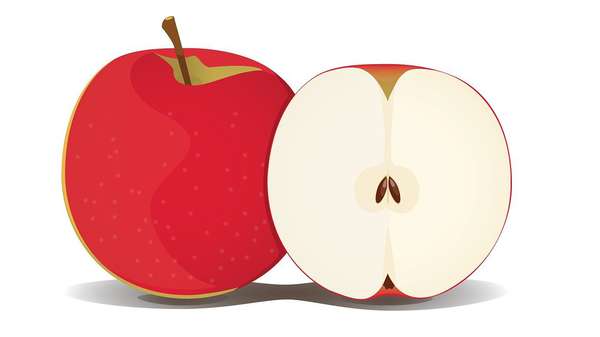

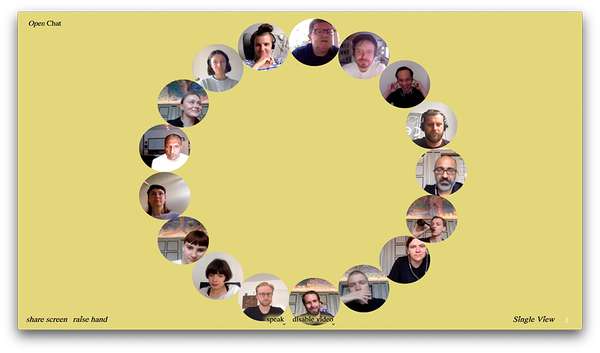

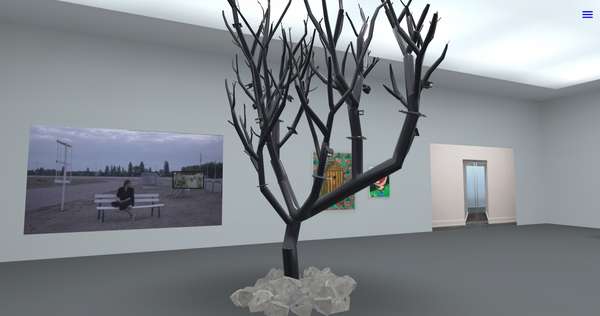









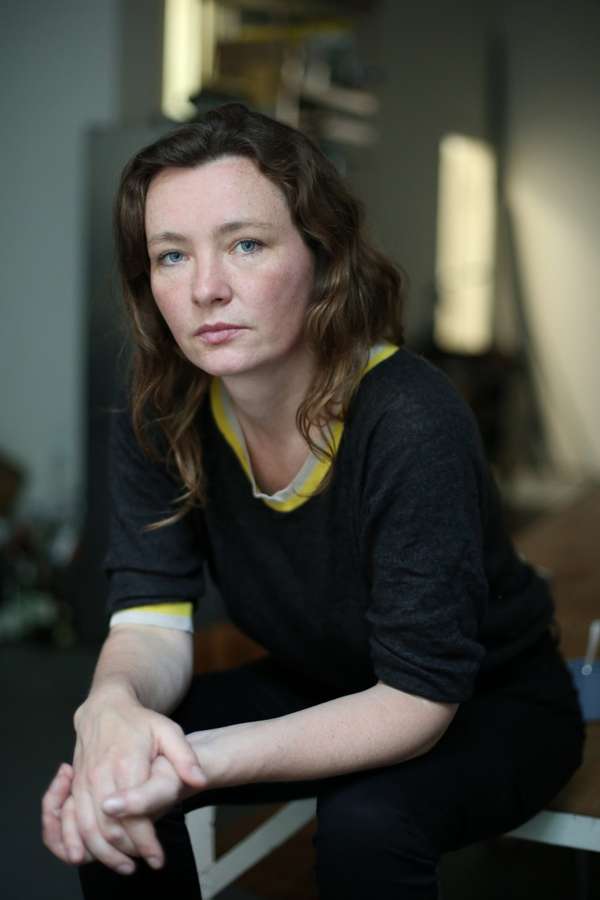

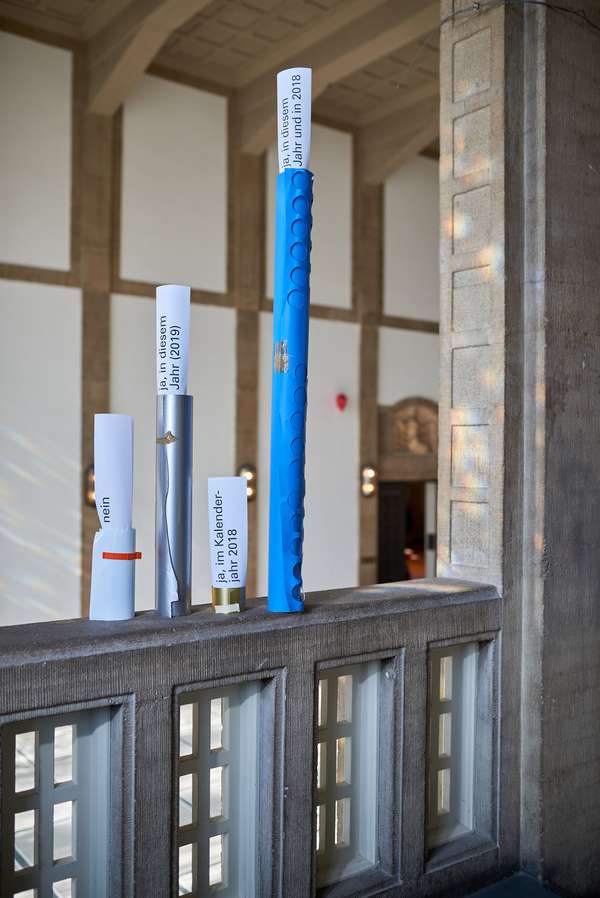



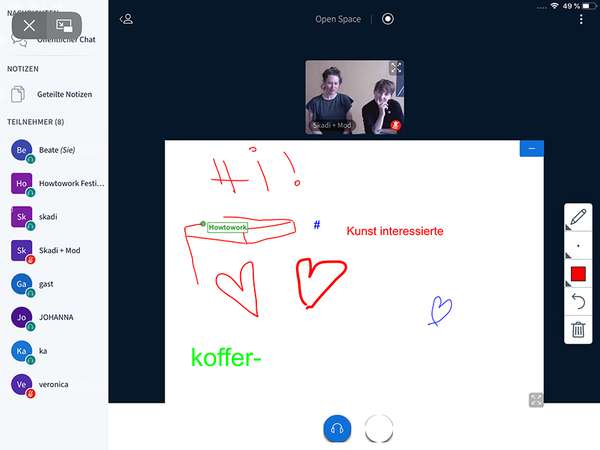
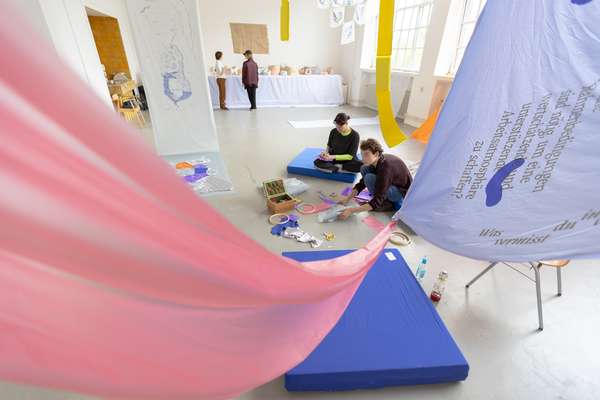

 Graduate Show 2025: Don't stop me now
Graduate Show 2025: Don't stop me now
 Long days, lots to do
Long days, lots to do
 Cine*Ami*es
Cine*Ami*es
 Redesign Democracy – competition for the ballot box of the democratic future
Redesign Democracy – competition for the ballot box of the democratic future
 Art in public space
Art in public space
 How to apply: study at HFBK Hamburg
How to apply: study at HFBK Hamburg
 Annual Exhibition 2025 at the HFBK Hamburg
Annual Exhibition 2025 at the HFBK Hamburg
 The Elephant in The Room – Sculpture today
The Elephant in The Room – Sculpture today
 Hiscox Art Prize 2024
Hiscox Art Prize 2024
 The New Woman
The New Woman
 Doing a PhD at the HFBK Hamburg
Doing a PhD at the HFBK Hamburg
 Graduate Show 2024 - Letting Go
Graduate Show 2024 - Letting Go
 Finkenwerder Art Prize 2024
Finkenwerder Art Prize 2024
 Archives of the Body - The Body in Archiving
Archives of the Body - The Body in Archiving
 New partnership with the School of Arts at the University of Haifa
New partnership with the School of Arts at the University of Haifa
 Annual Exhibition 2024 at the HFBK Hamburg
Annual Exhibition 2024 at the HFBK Hamburg
 (Ex)Changes of / in Art
(Ex)Changes of / in Art
 Extended Libraries
Extended Libraries
 And Still I Rise
And Still I Rise
 Let's talk about language
Let's talk about language
 Graduate Show 2023: Unfinished Business
Graduate Show 2023: Unfinished Business
 Let`s work together
Let`s work together
 Annual Exhibition 2023 at HFBK Hamburg
Annual Exhibition 2023 at HFBK Hamburg
 Symposium: Controversy over documenta fifteen
Symposium: Controversy over documenta fifteen
 Festival and Symposium: Non-Knowledge, Laughter and the Moving Image
Festival and Symposium: Non-Knowledge, Laughter and the Moving Image
 Solo exhibition by Konstantin Grcic
Solo exhibition by Konstantin Grcic
 Art and war
Art and war
 Graduate Show 2022: We’ve Only Just Begun
Graduate Show 2022: We’ve Only Just Begun
 June is full of art and theory
June is full of art and theory
 Finkenwerder Art Prize 2022
Finkenwerder Art Prize 2022
 Nachhaltigkeit im Kontext von Kunst und Kunsthochschule
Nachhaltigkeit im Kontext von Kunst und Kunsthochschule
 Raum für die Kunst
Raum für die Kunst
 Annual Exhibition 2022 at the HFBK
Annual Exhibition 2022 at the HFBK
 Conference: Counter-Monuments and Para-Monuments.
Conference: Counter-Monuments and Para-Monuments.
 Diversity
Diversity
 Live und in Farbe: die ASA Open Studios im Juni 2021
Live und in Farbe: die ASA Open Studios im Juni 2021
 Unlearning: Wartenau Assemblies
Unlearning: Wartenau Assemblies
 School of No Consequences
School of No Consequences
 Annual Exhibition 2021 at the HFBK
Annual Exhibition 2021 at the HFBK
 Semestereröffnung und Hiscox-Preisverleihung 2020
Semestereröffnung und Hiscox-Preisverleihung 2020
 Teaching Art Online at the HFBK
Teaching Art Online at the HFBK
 HFBK Graduate Survey
HFBK Graduate Survey
 How political is Social Design?
How political is Social Design?